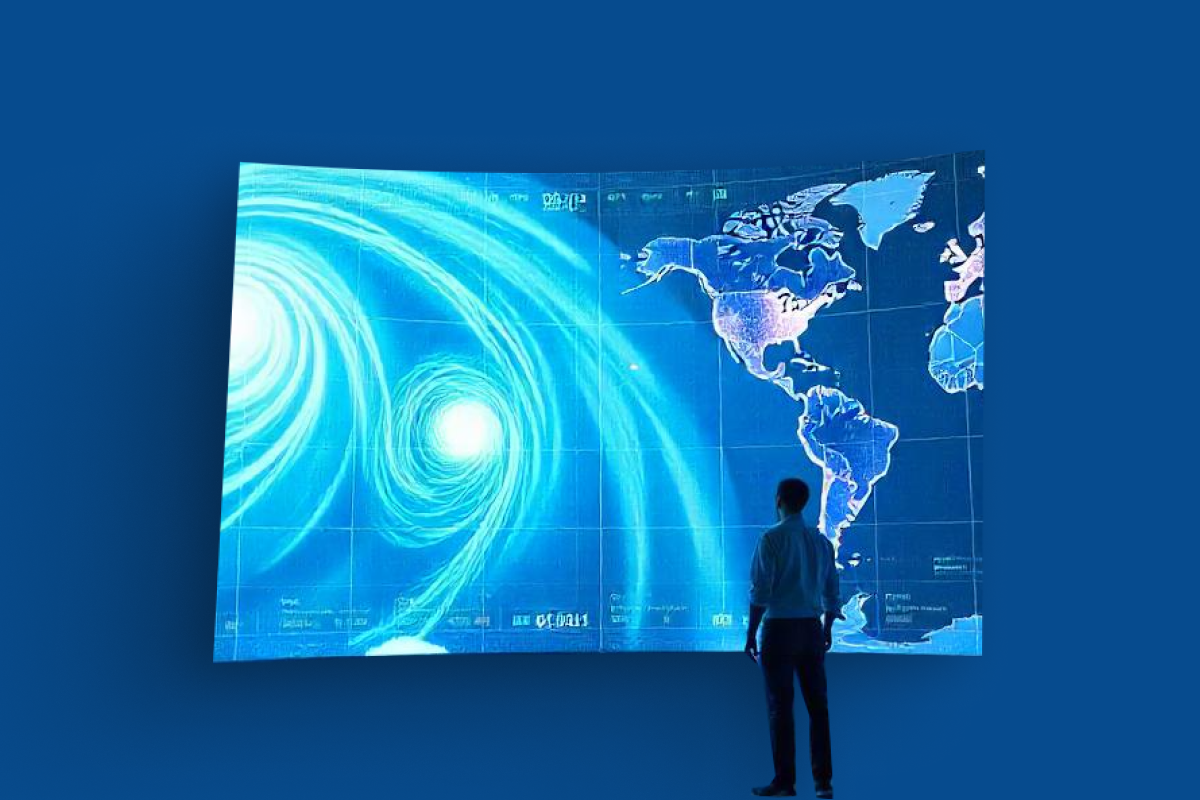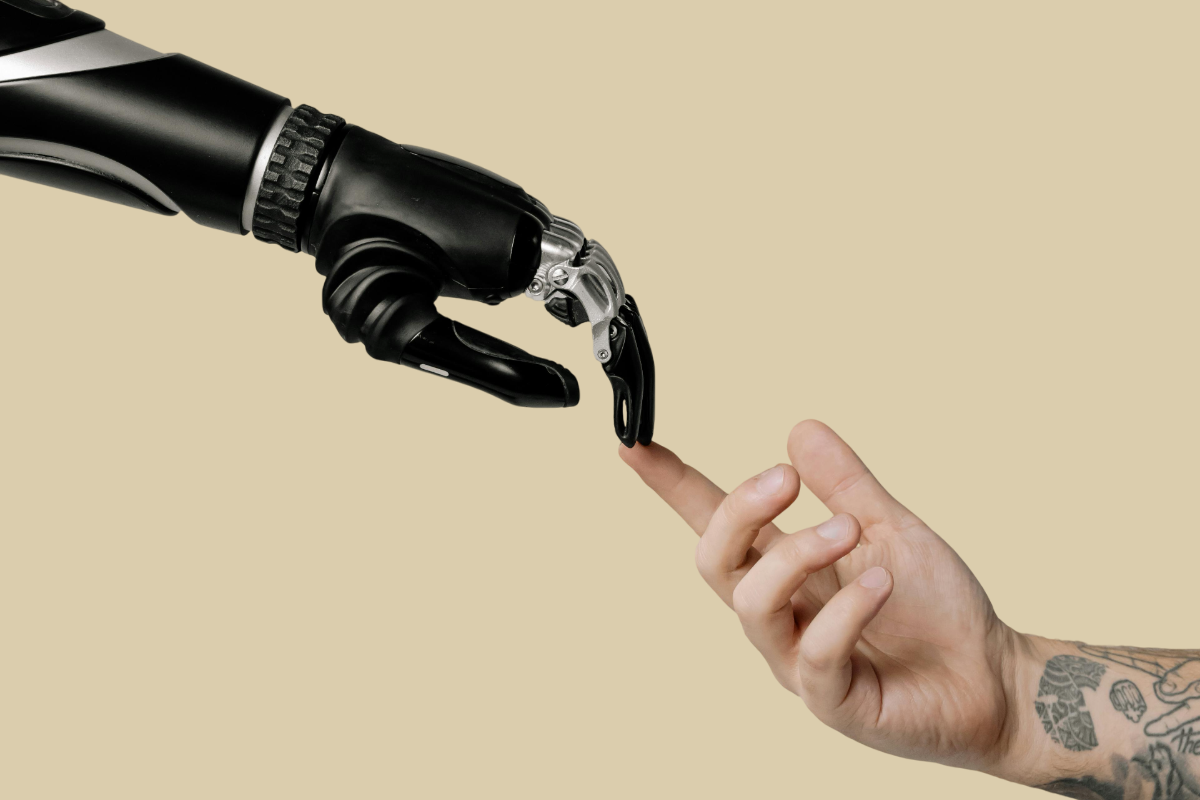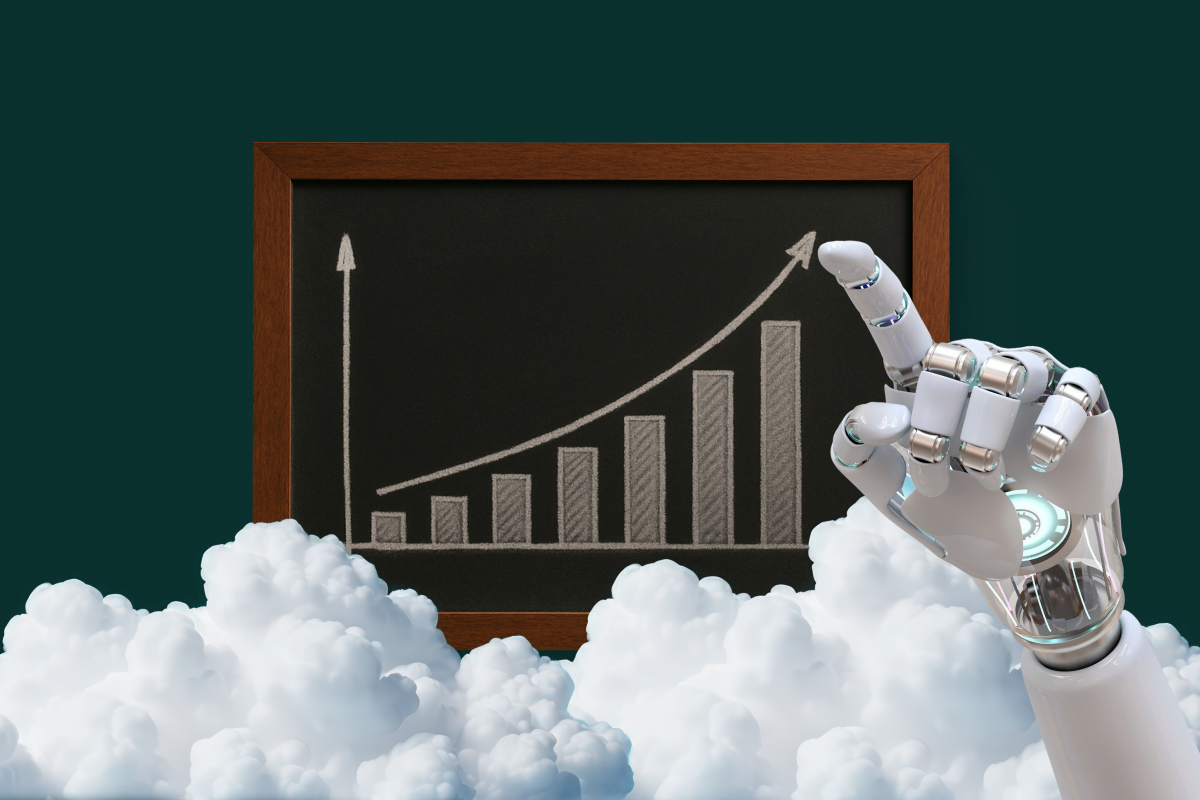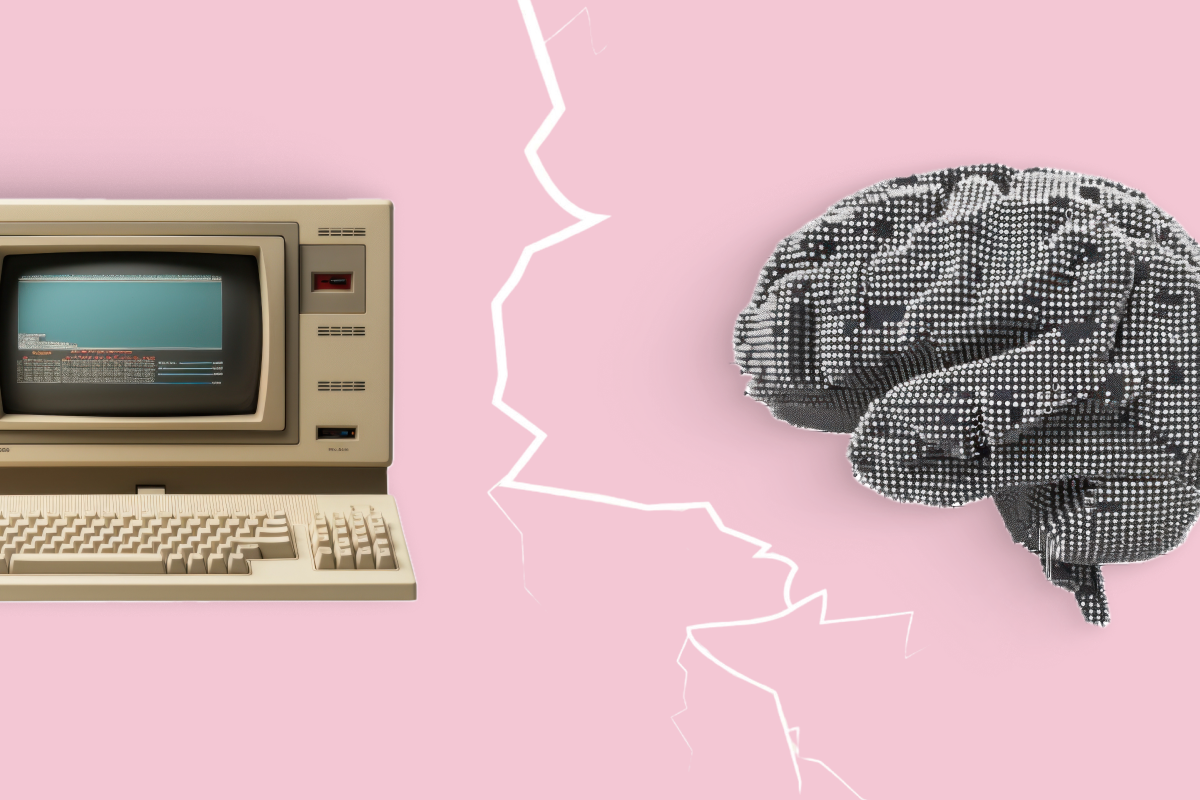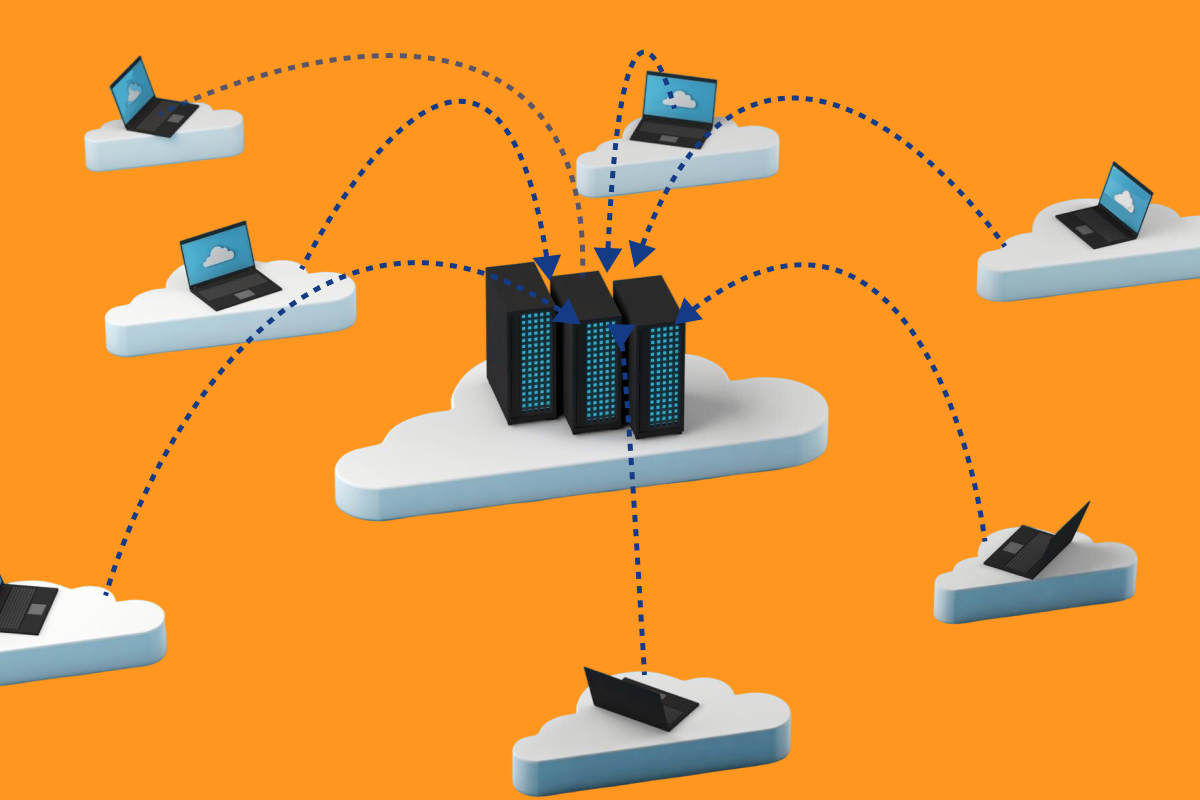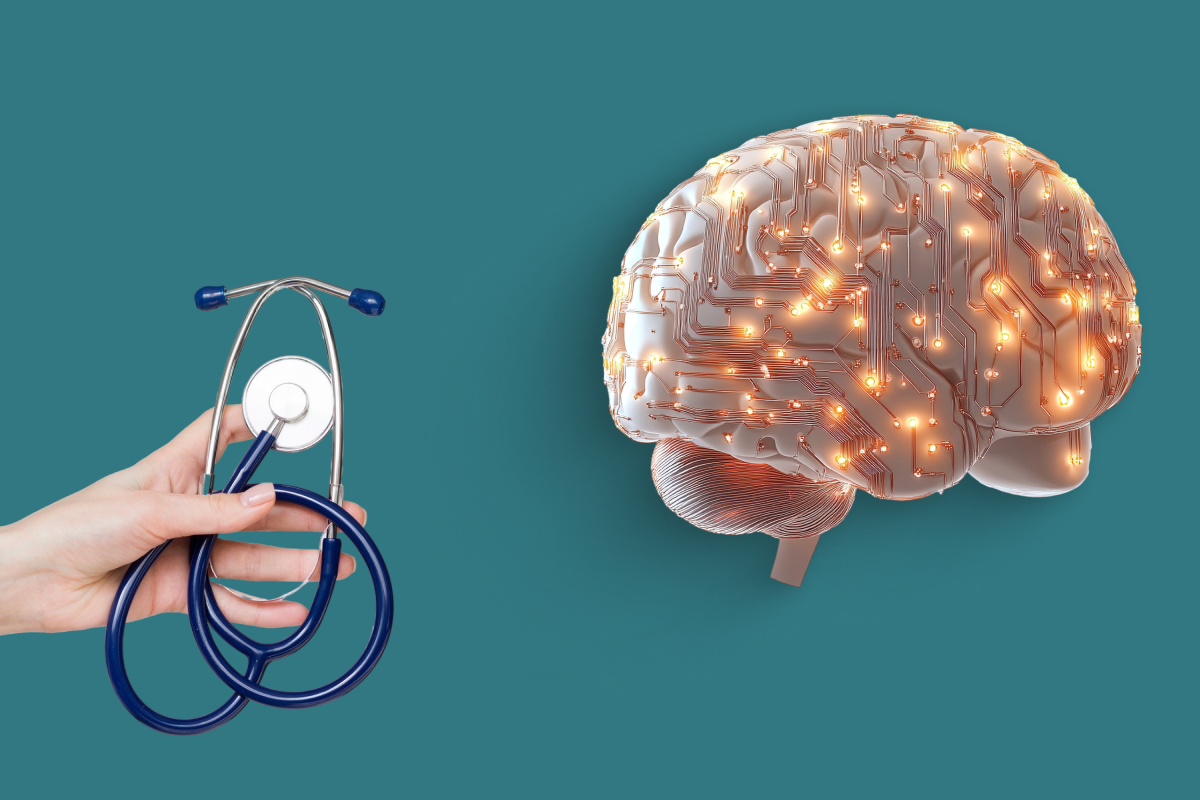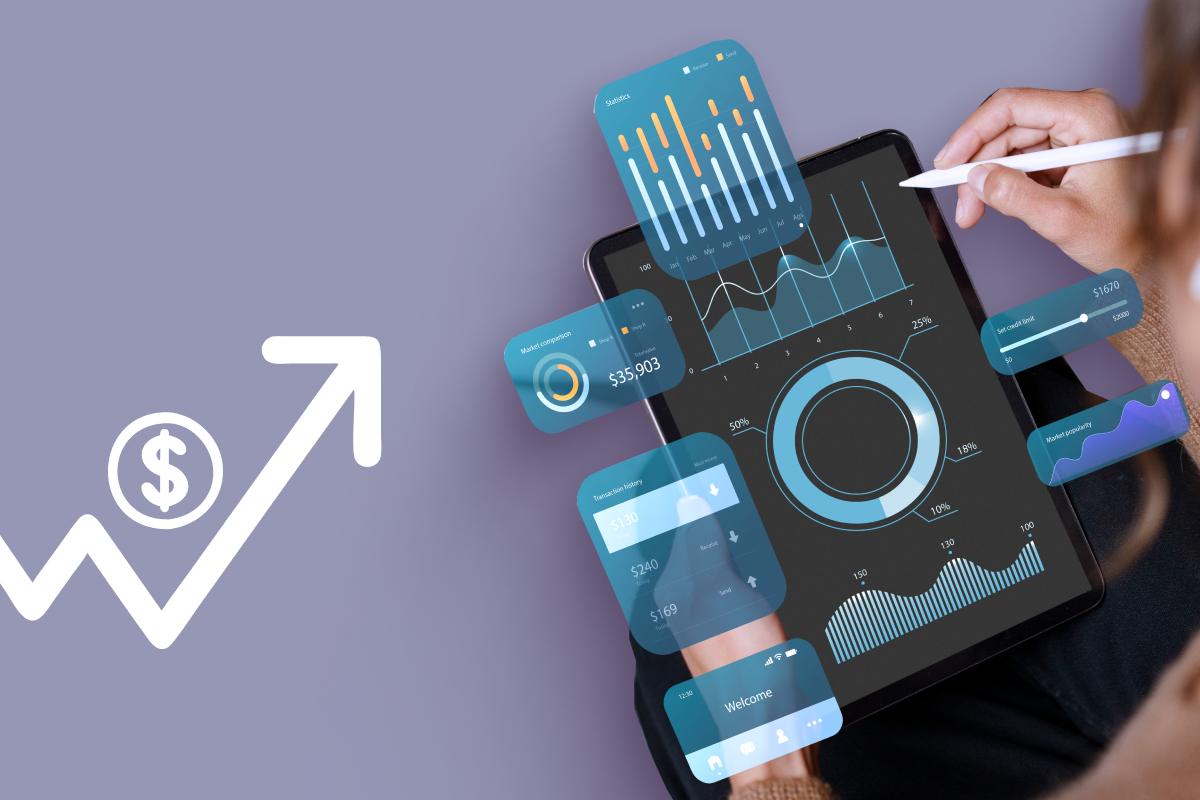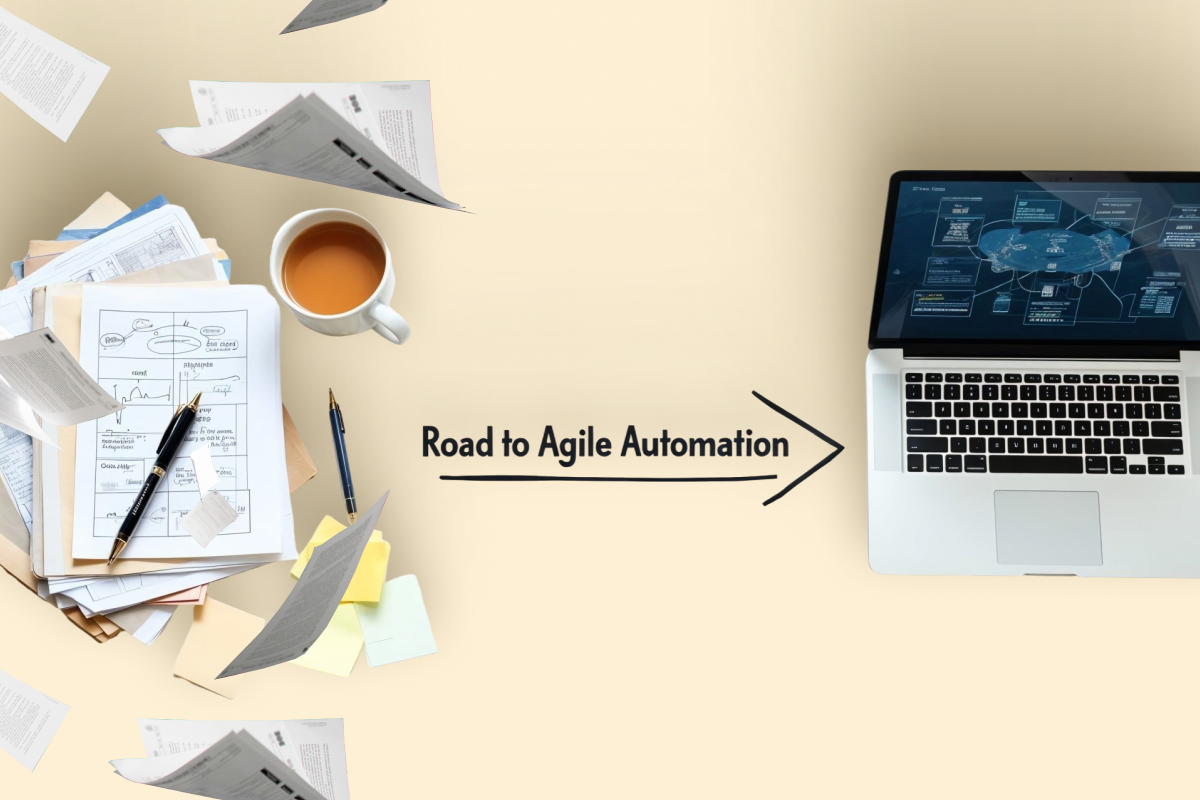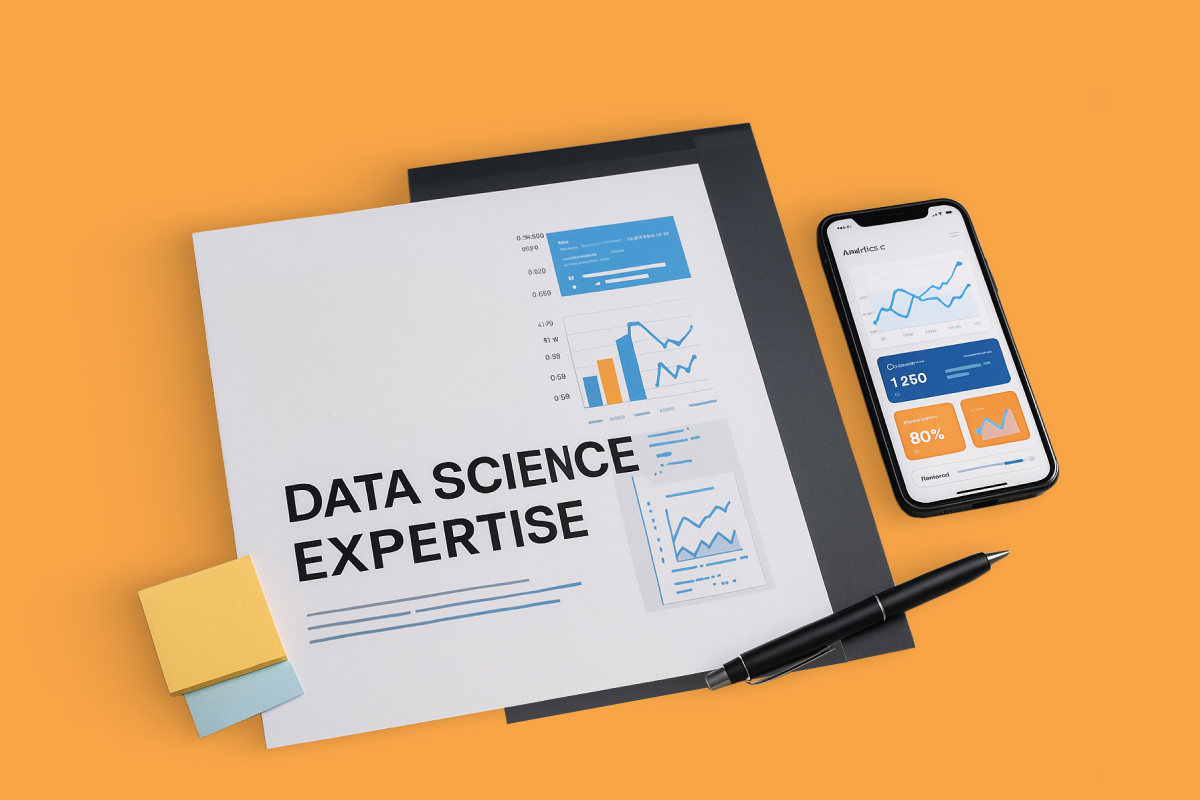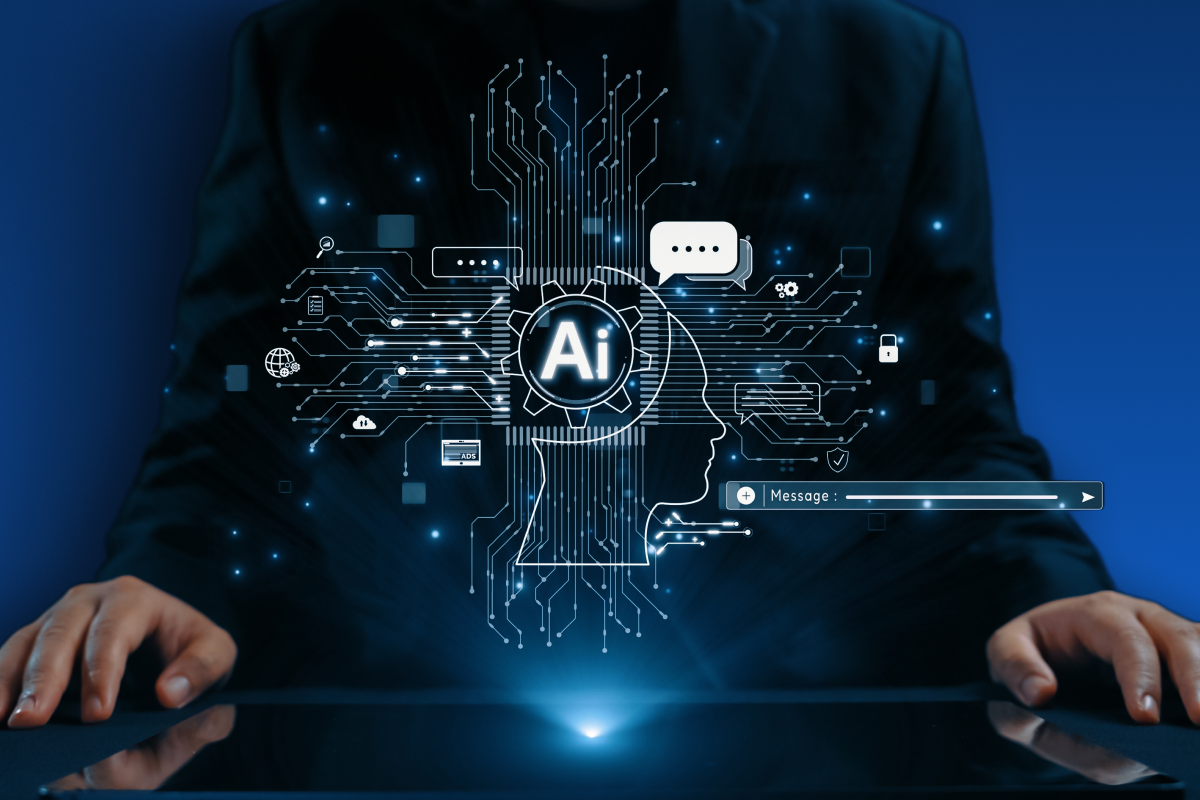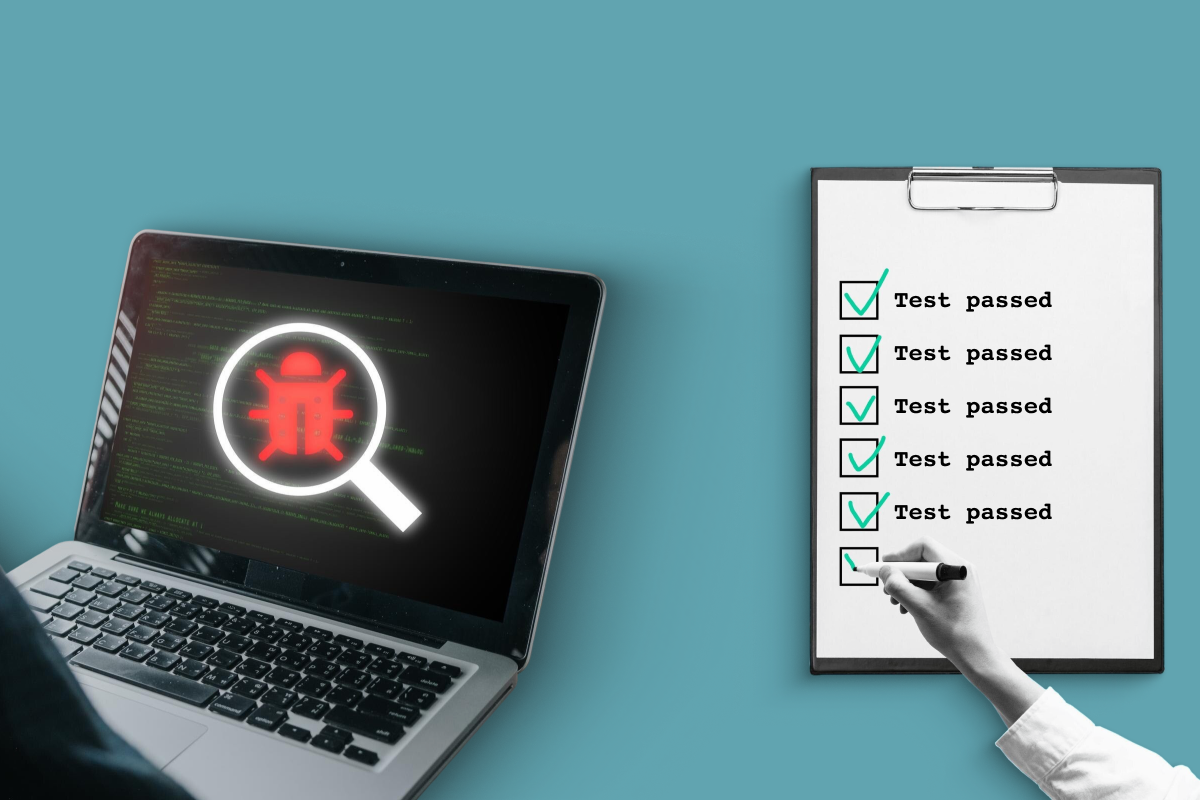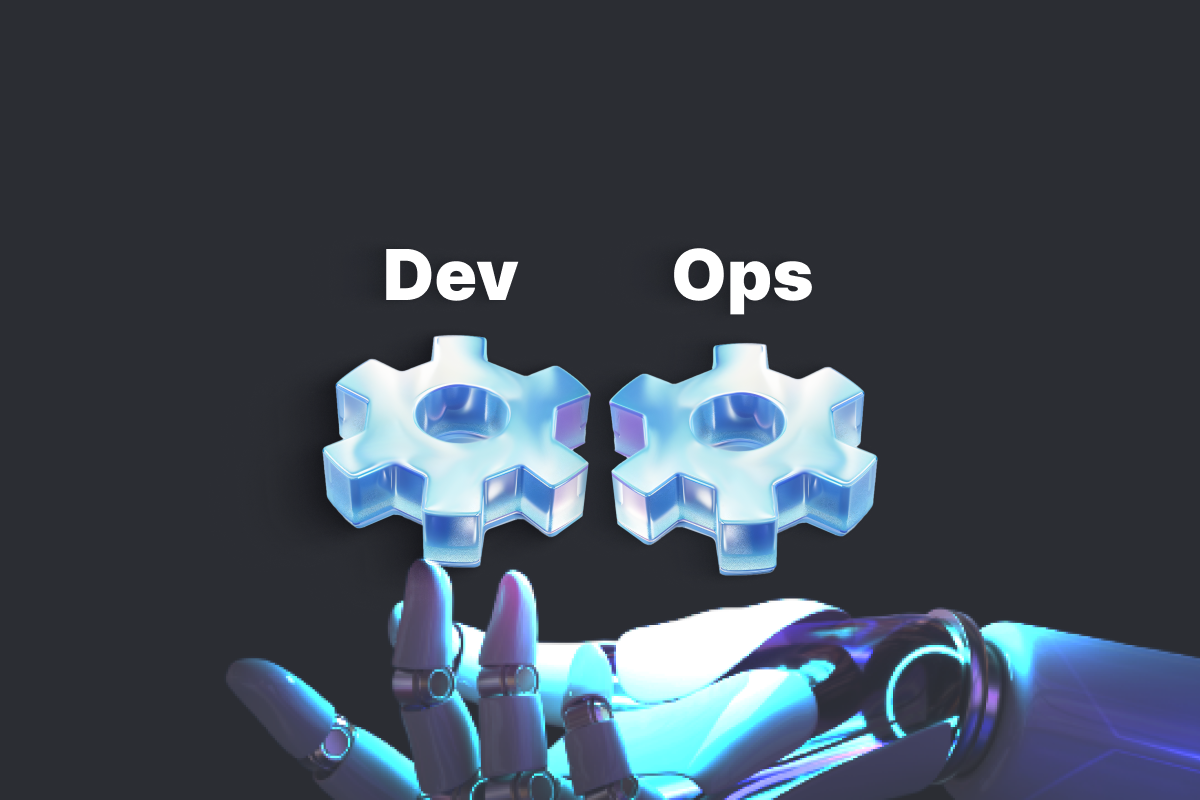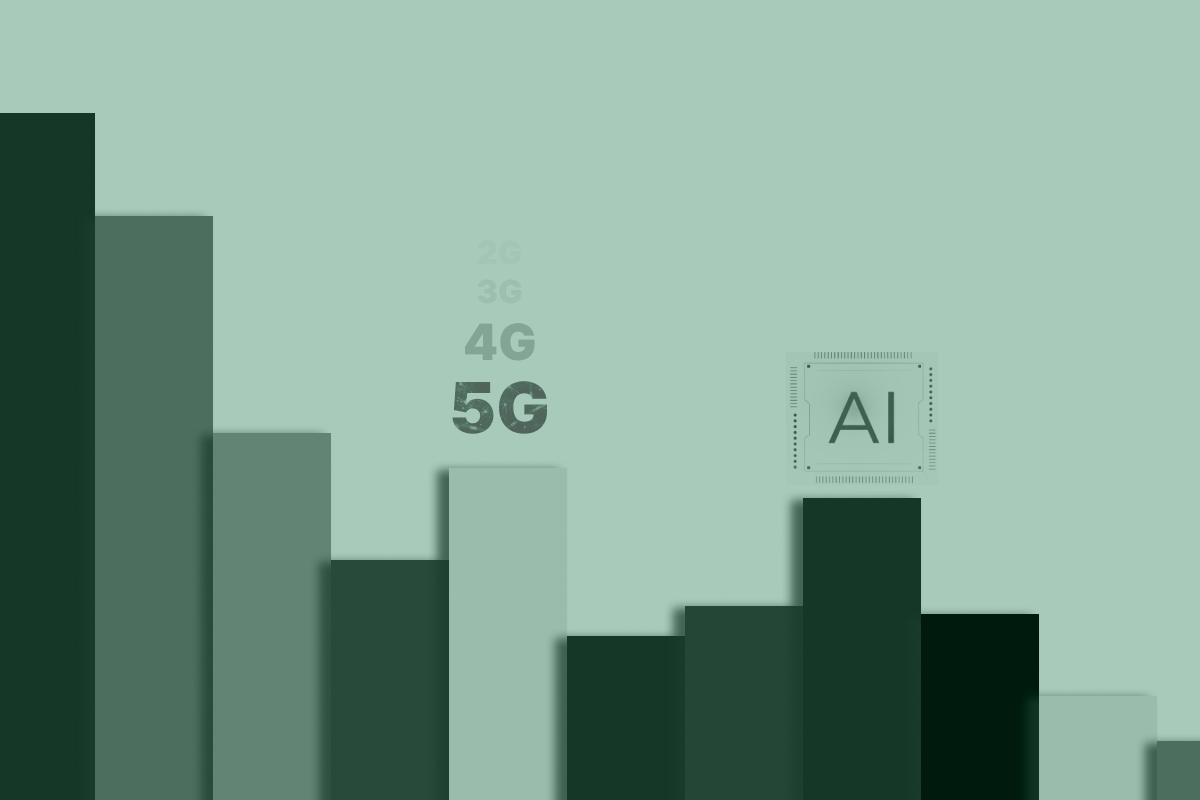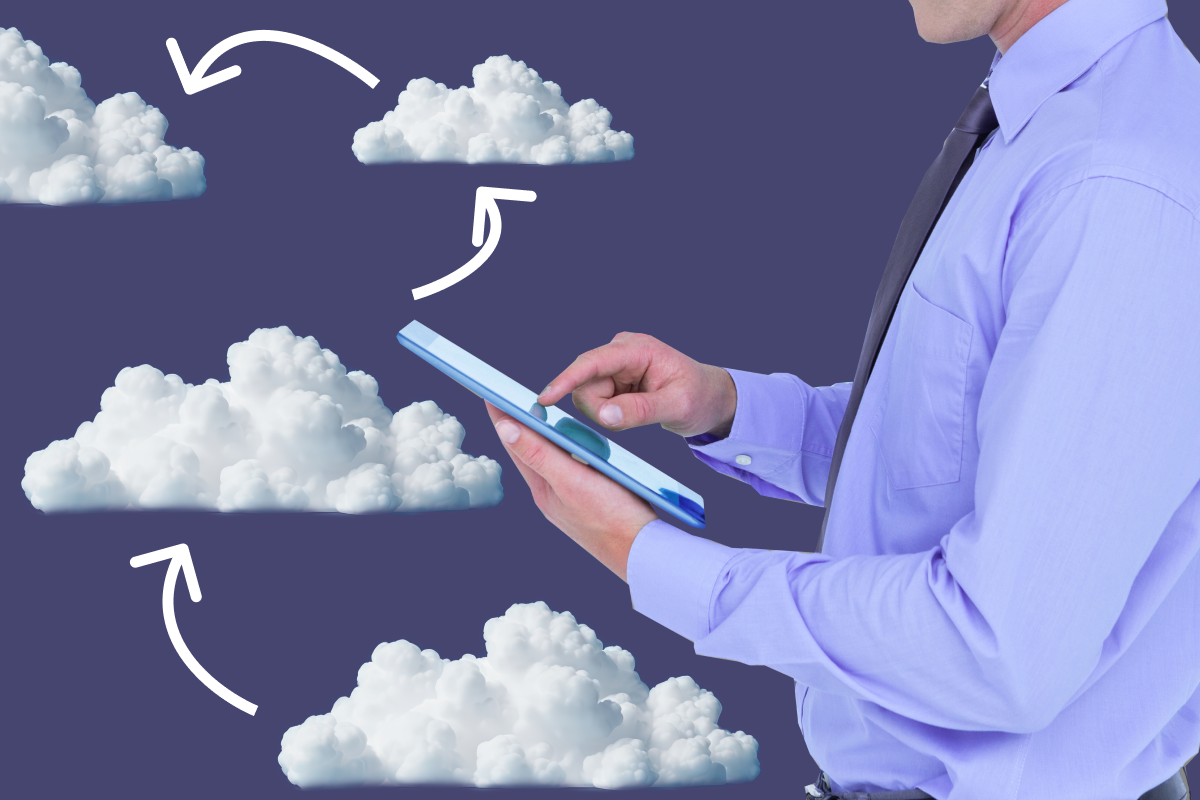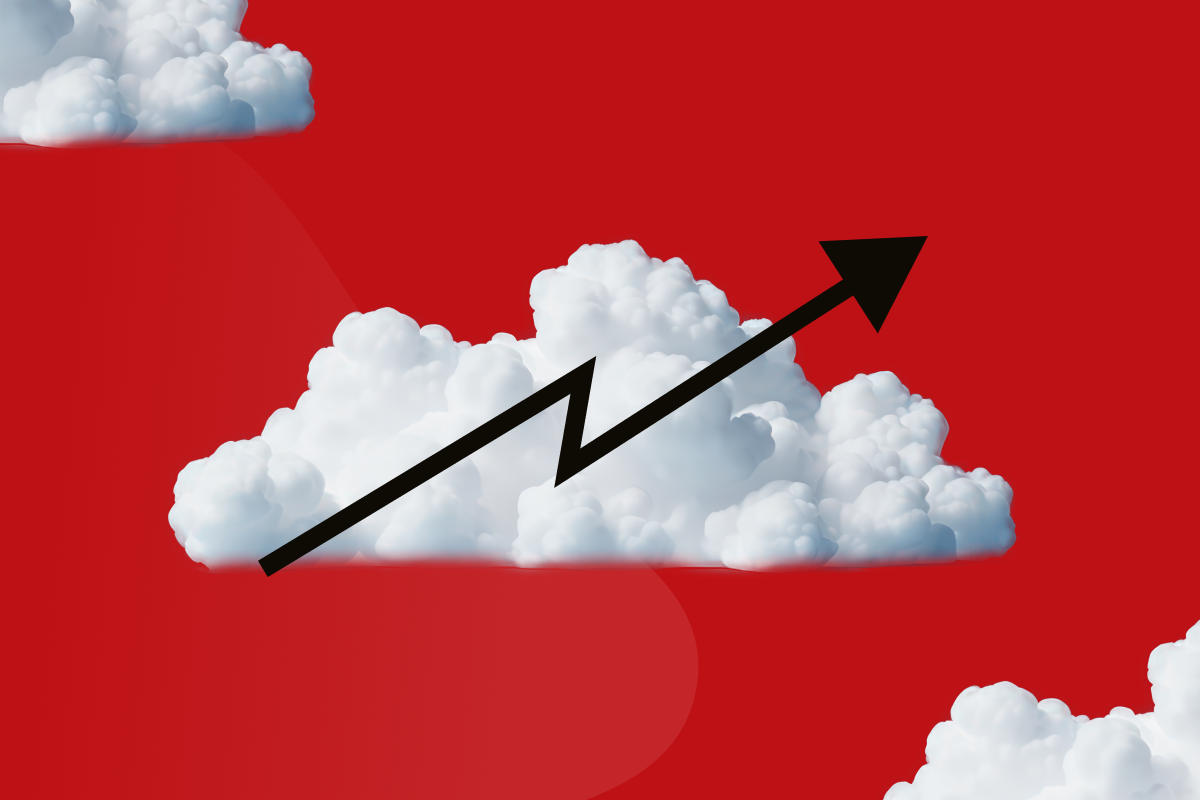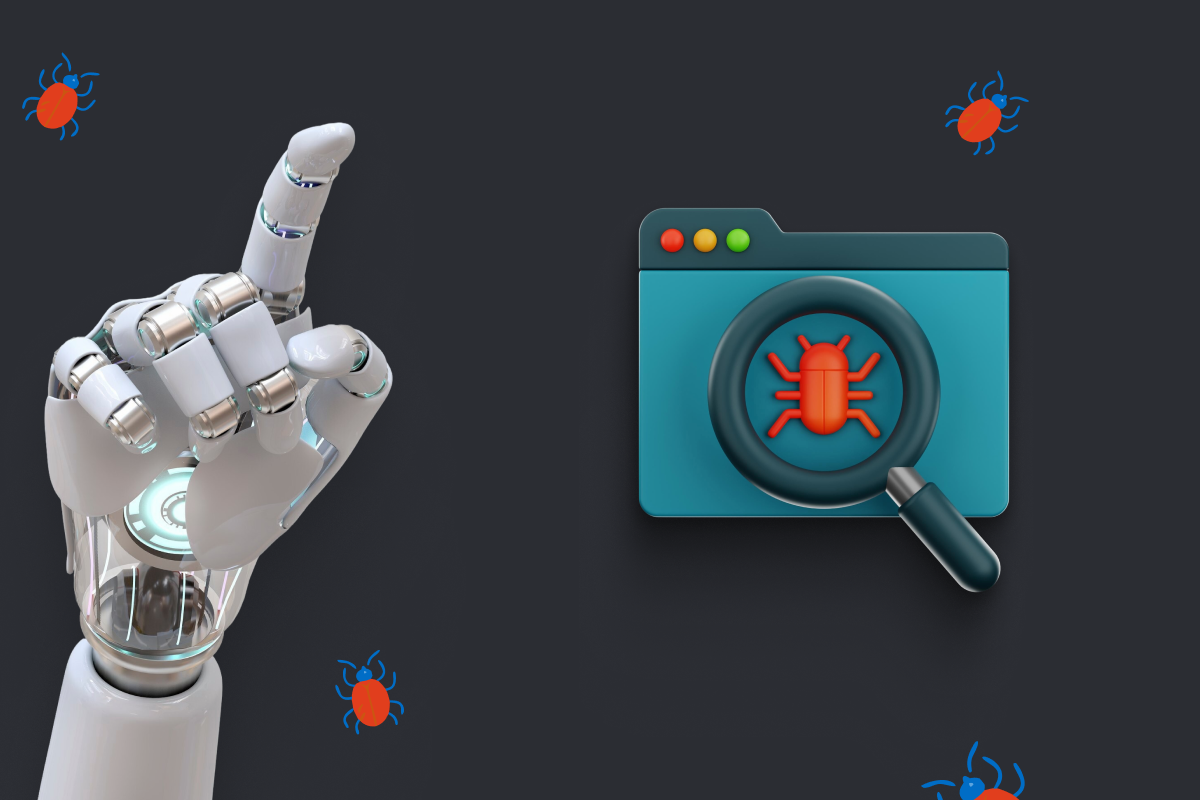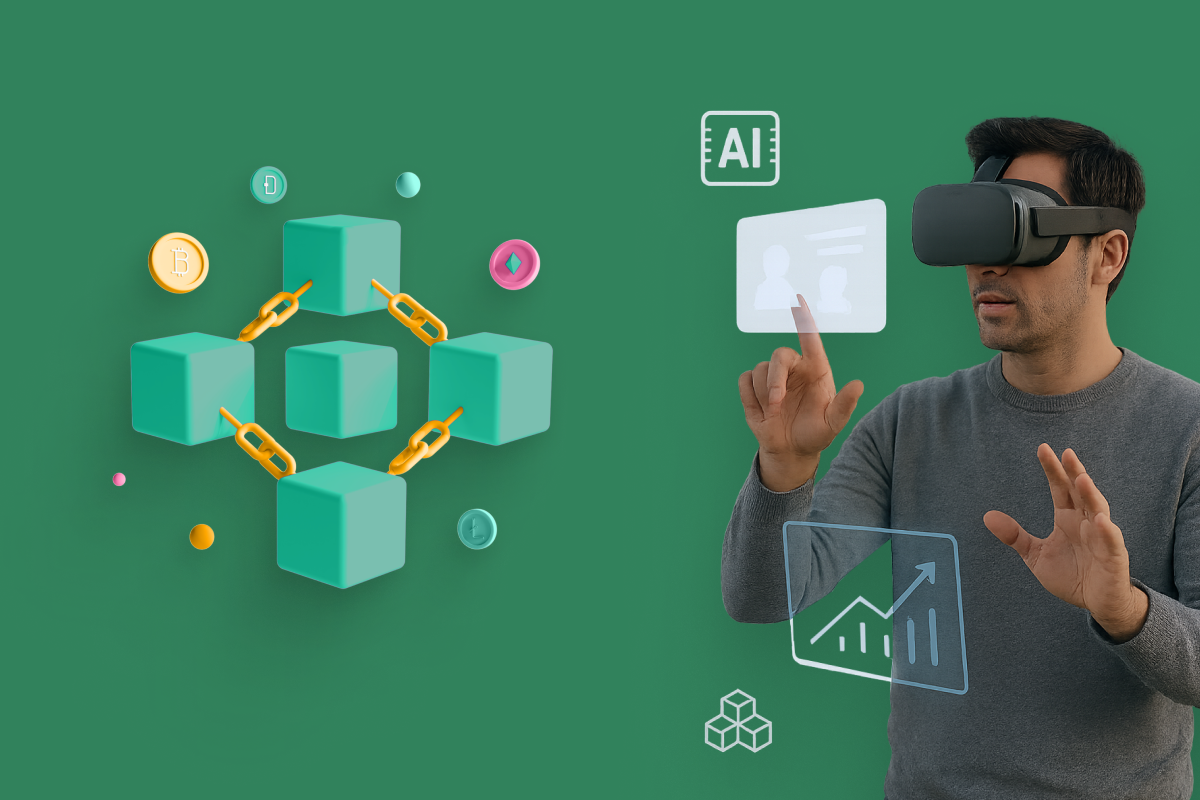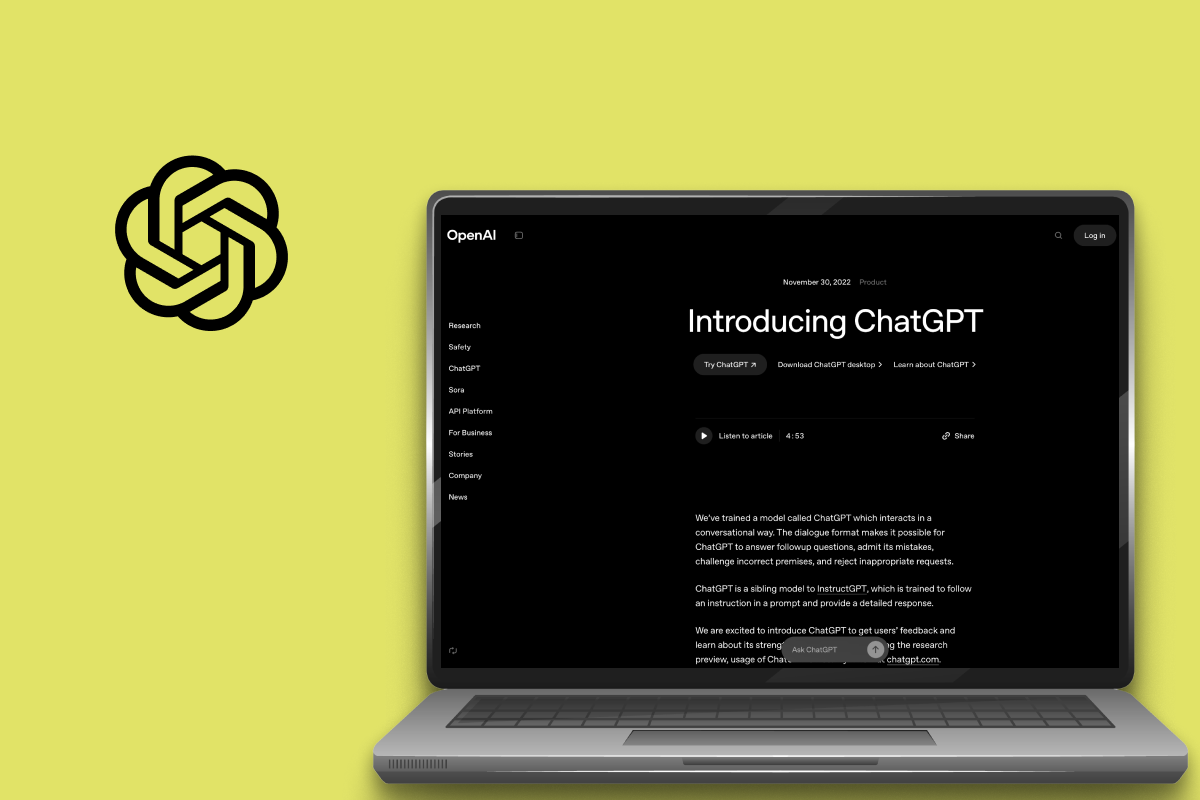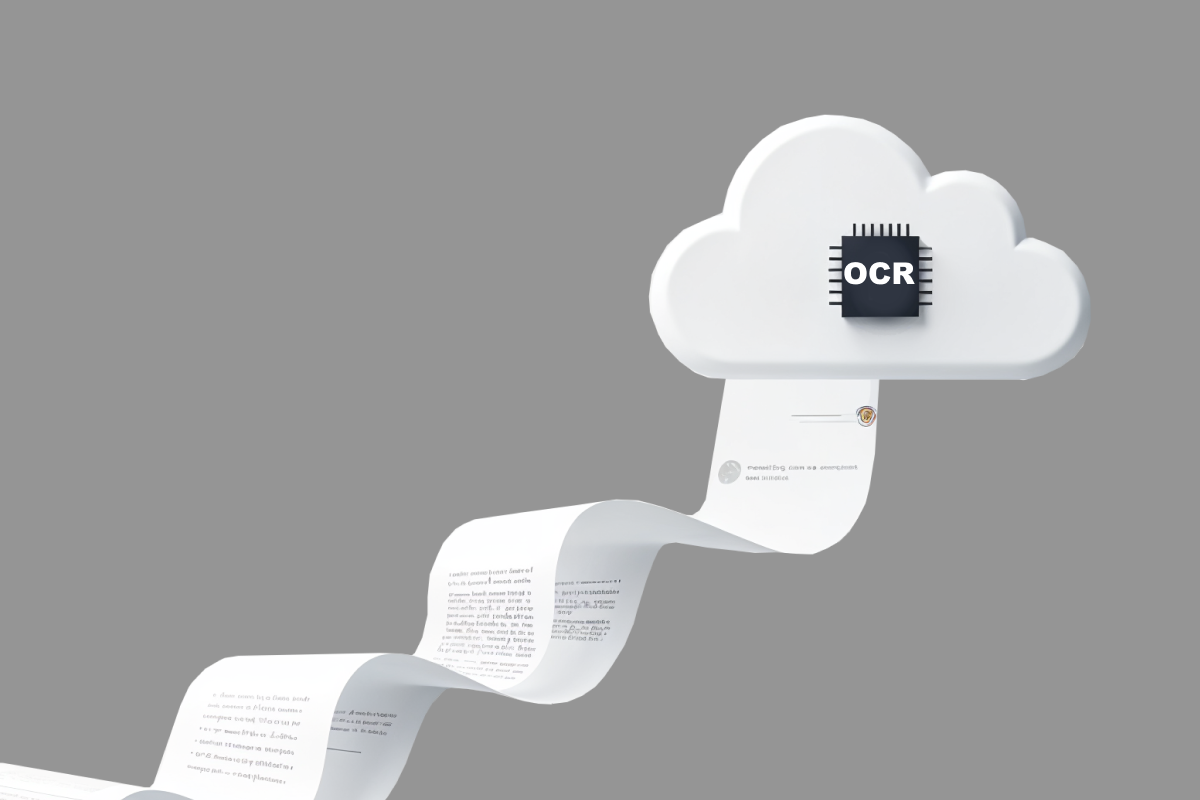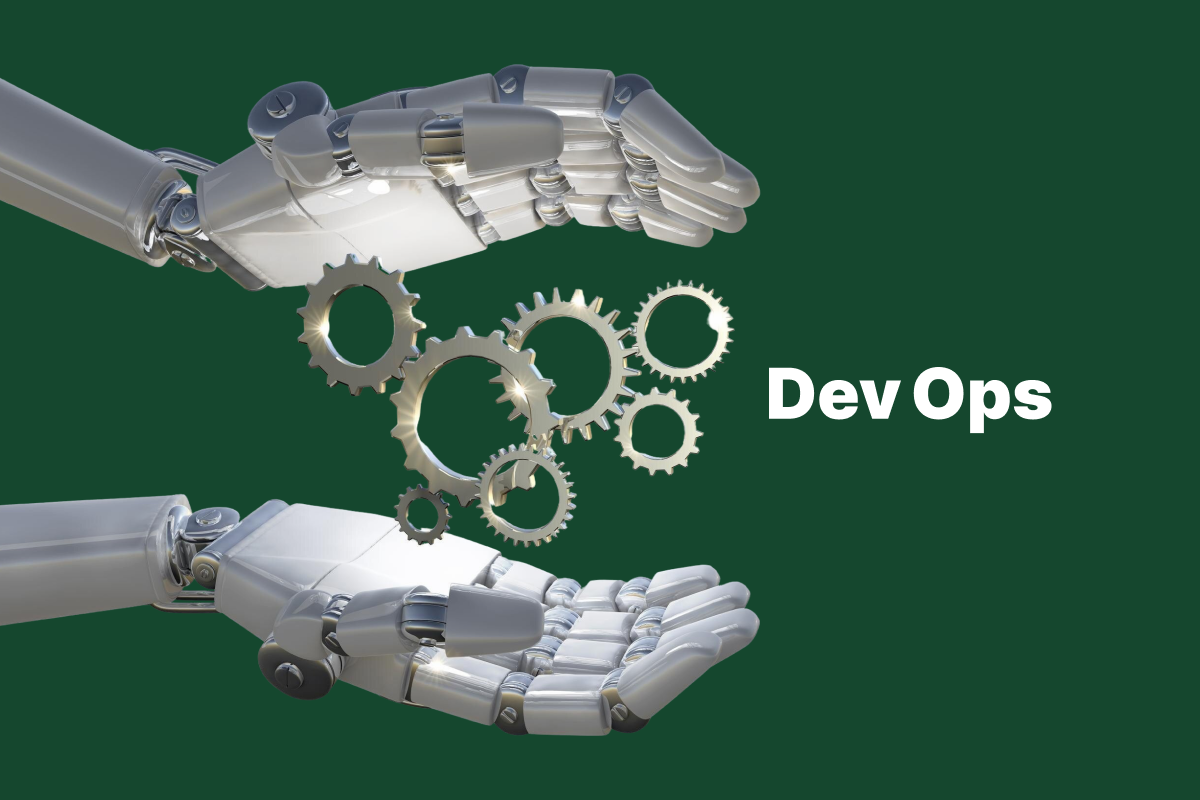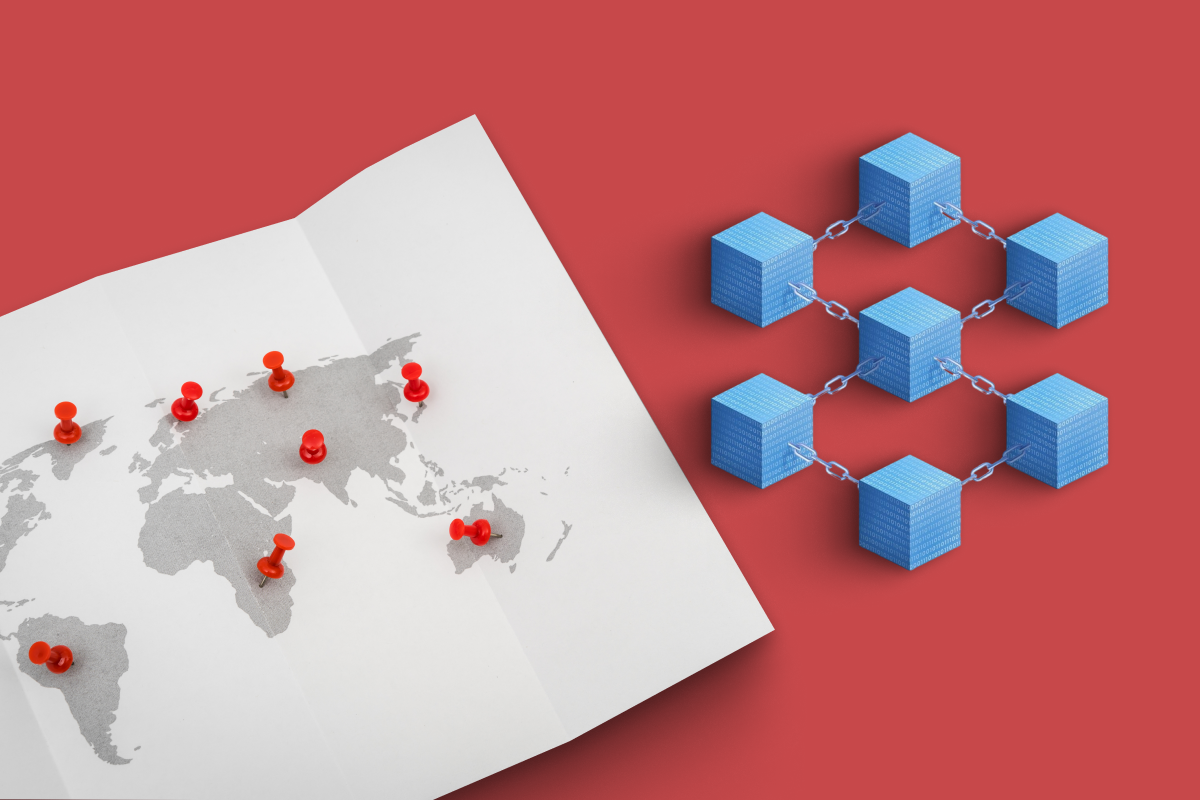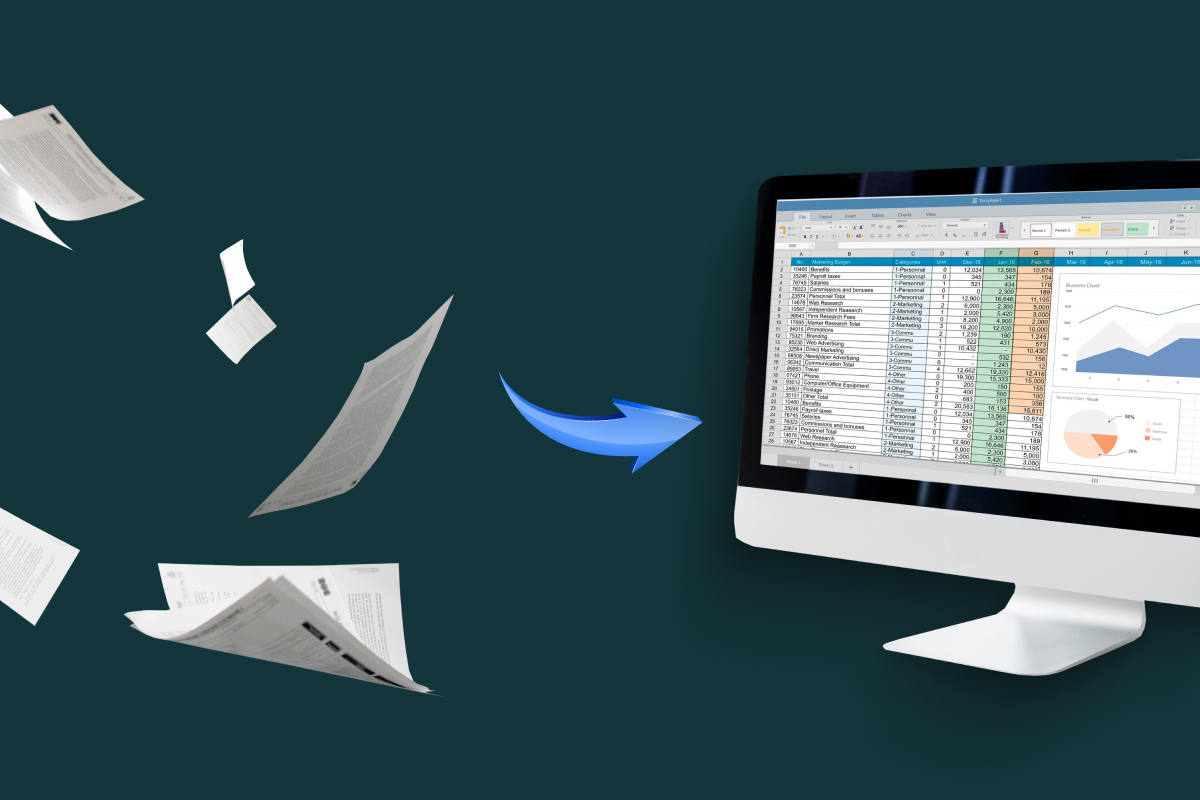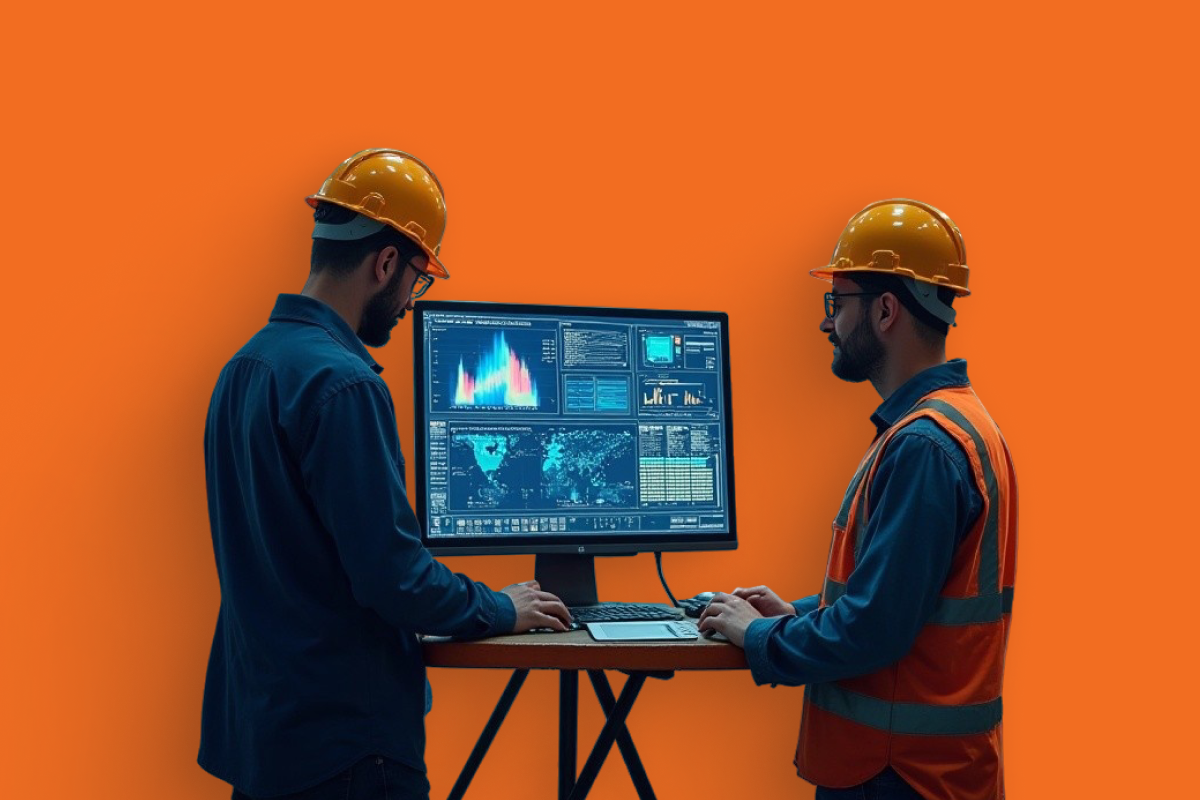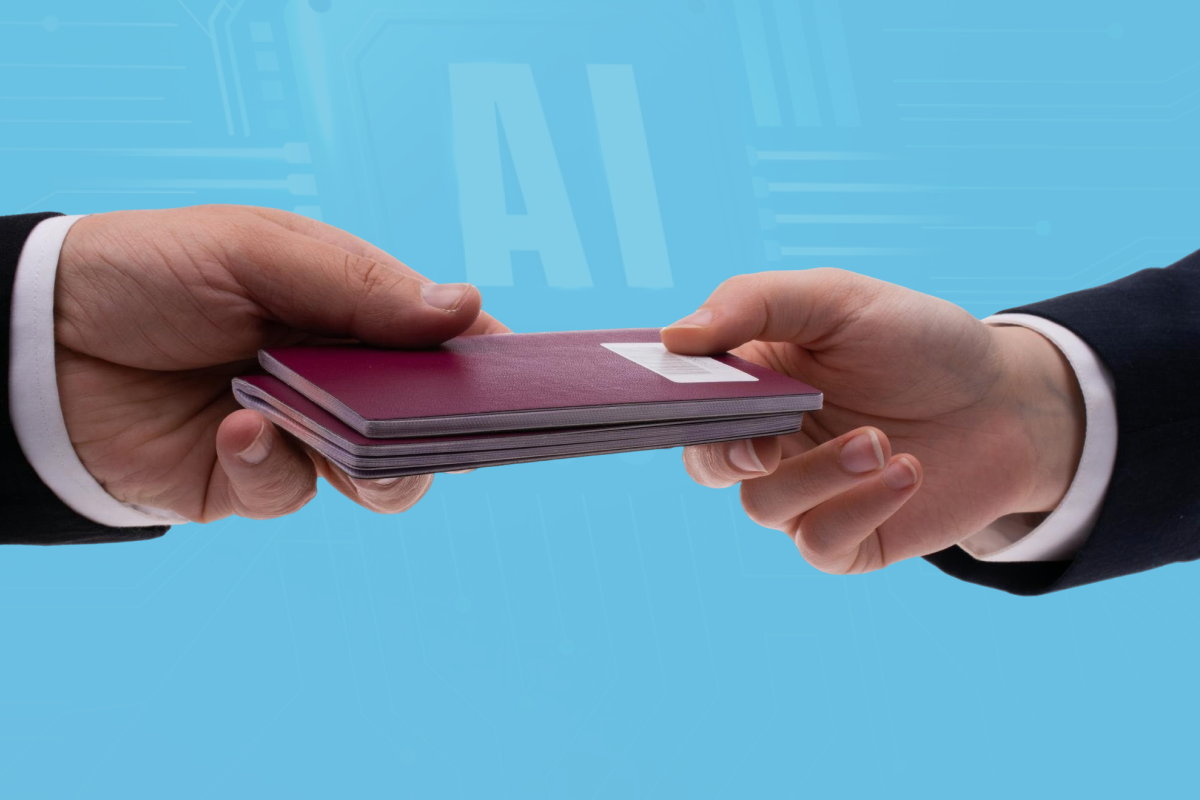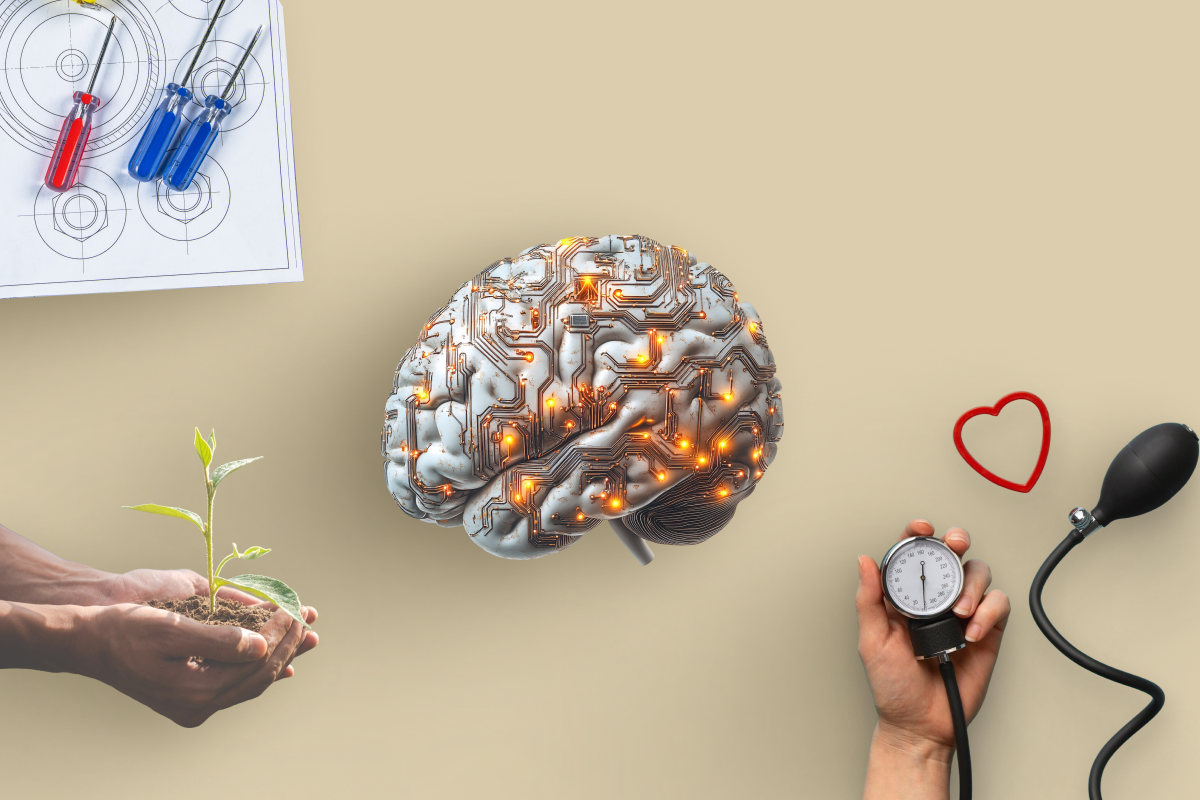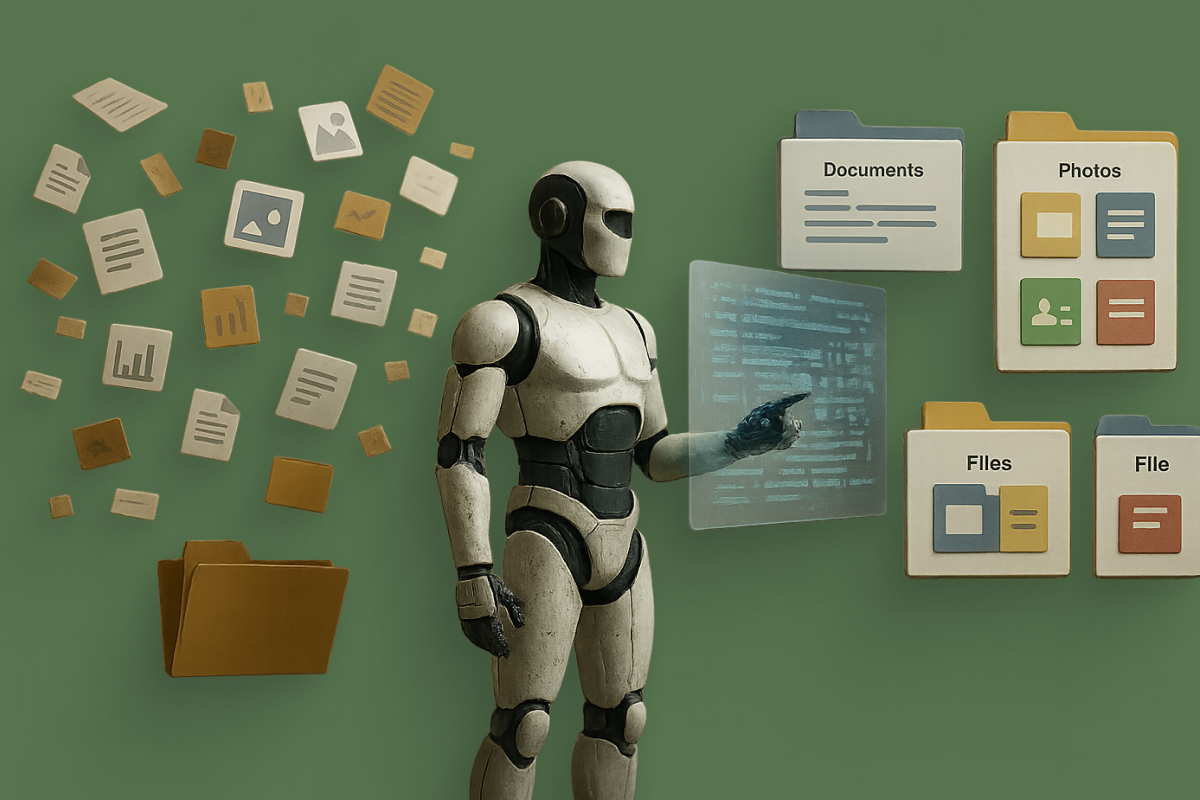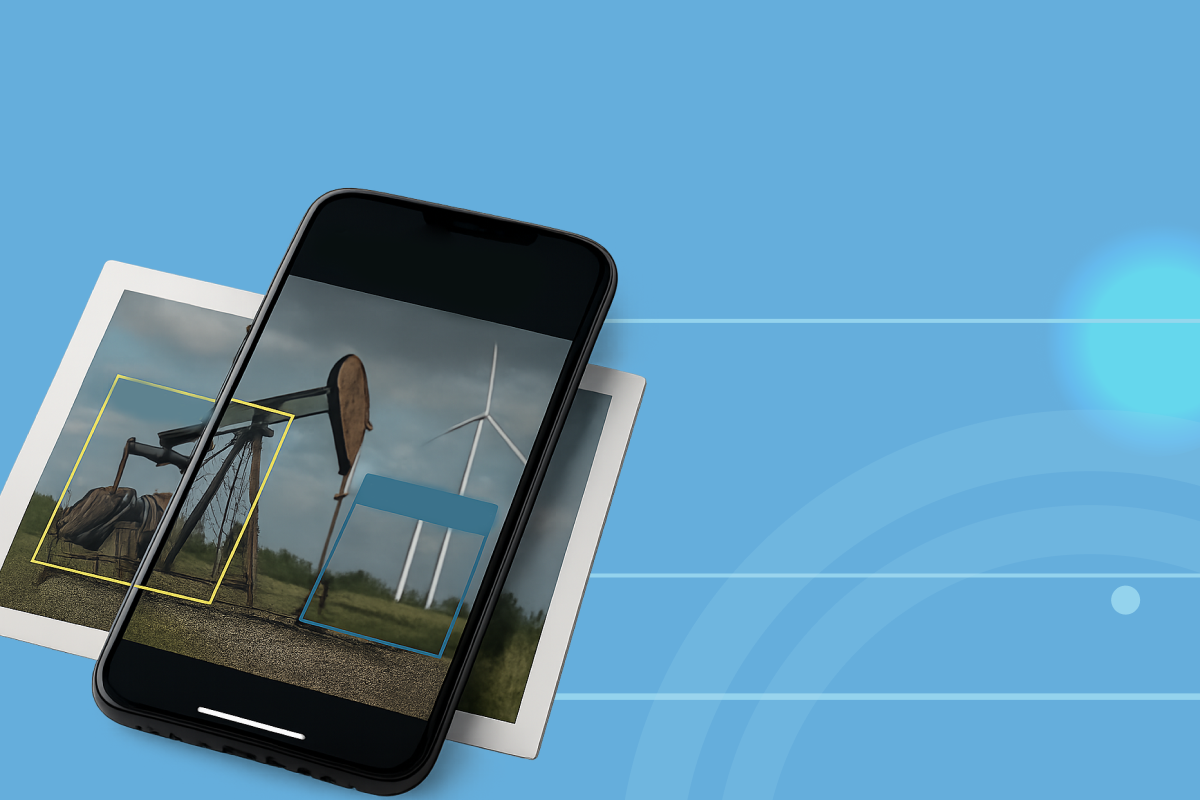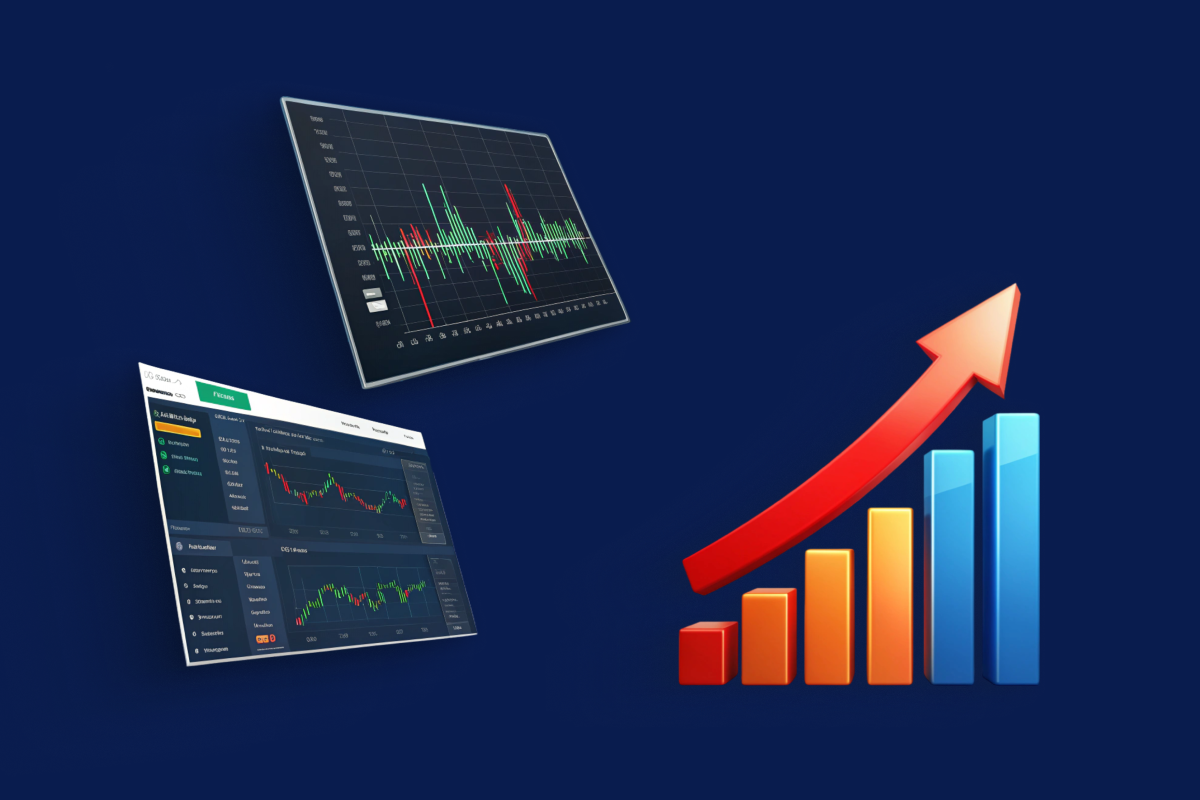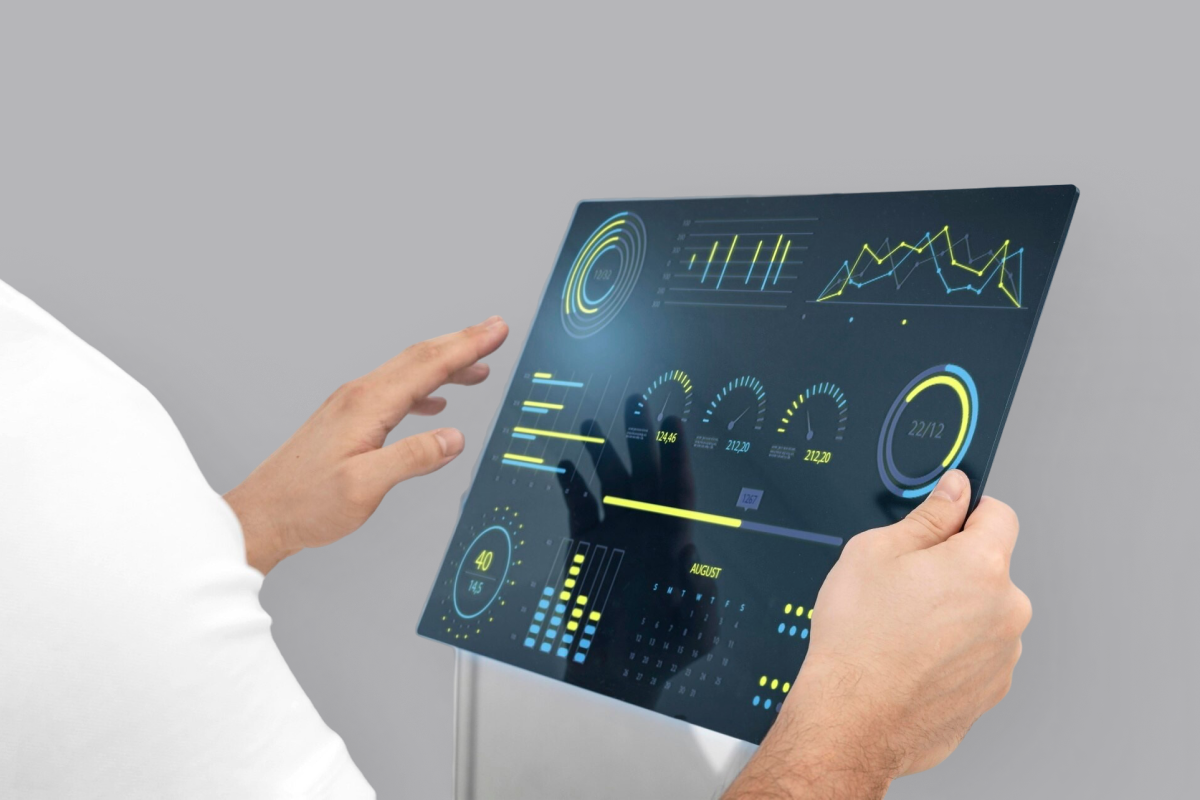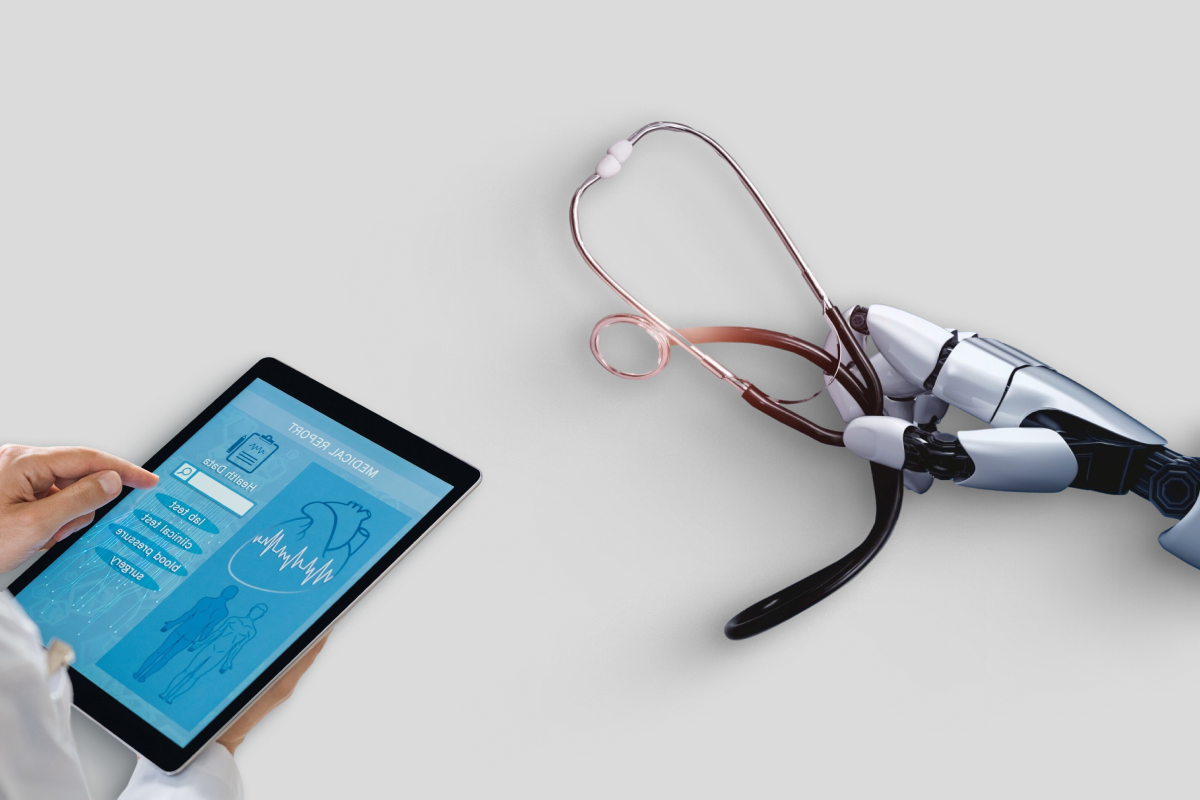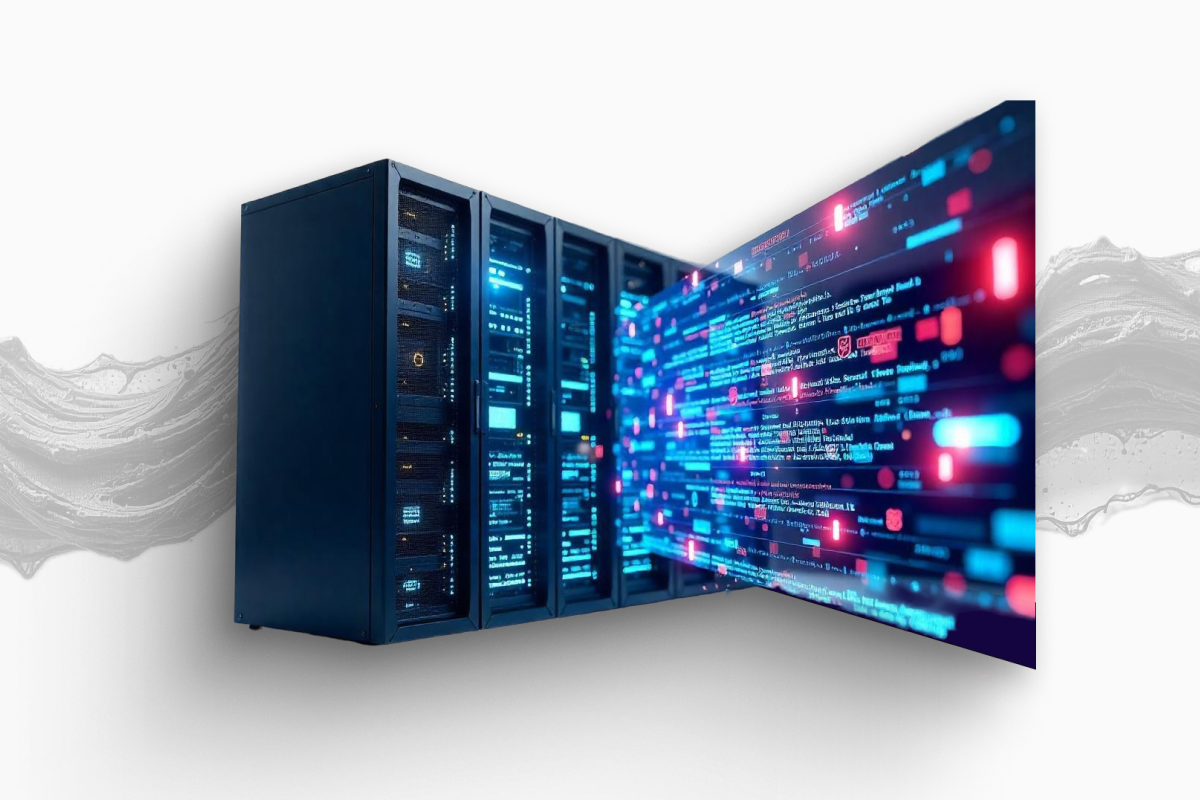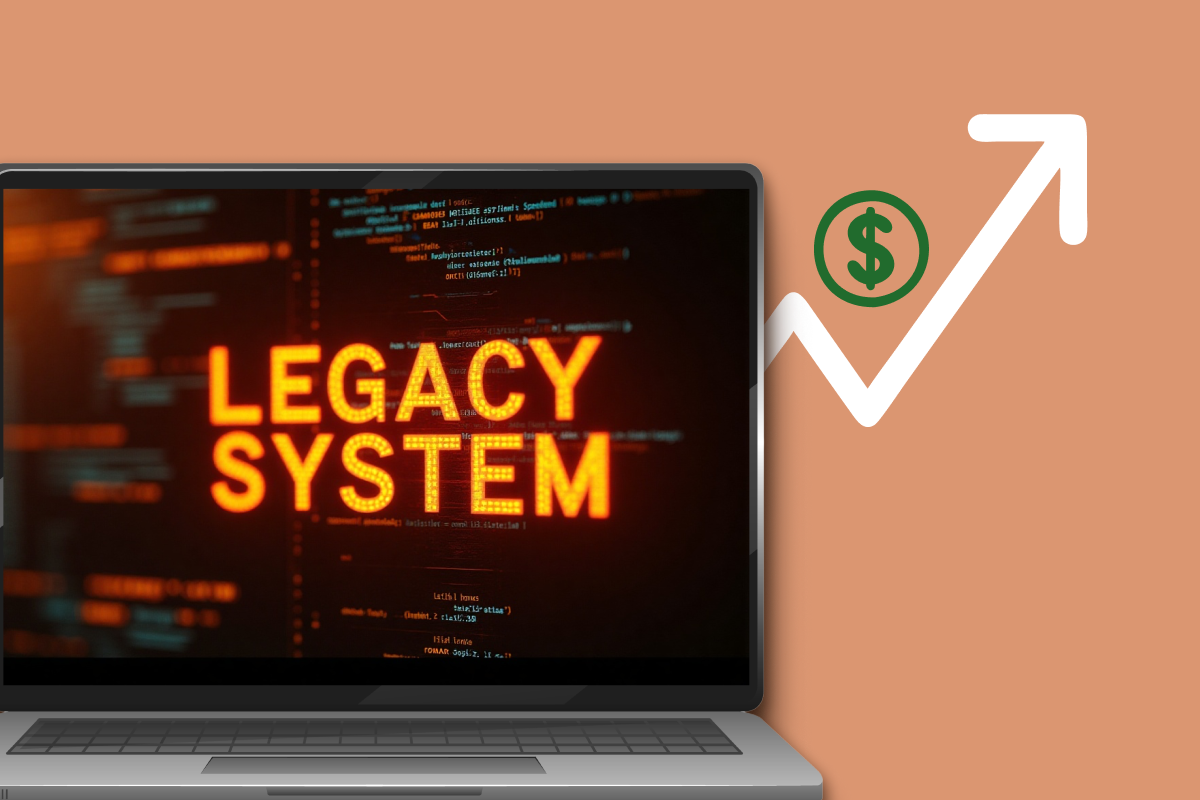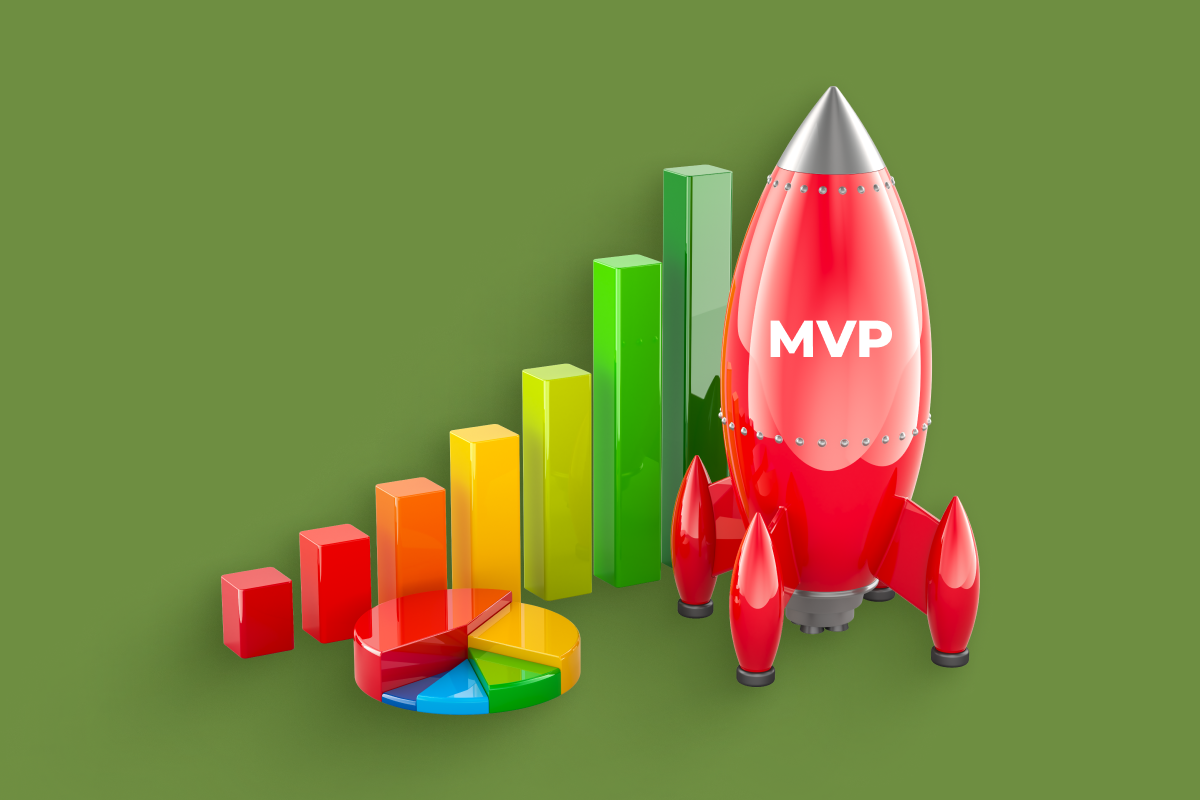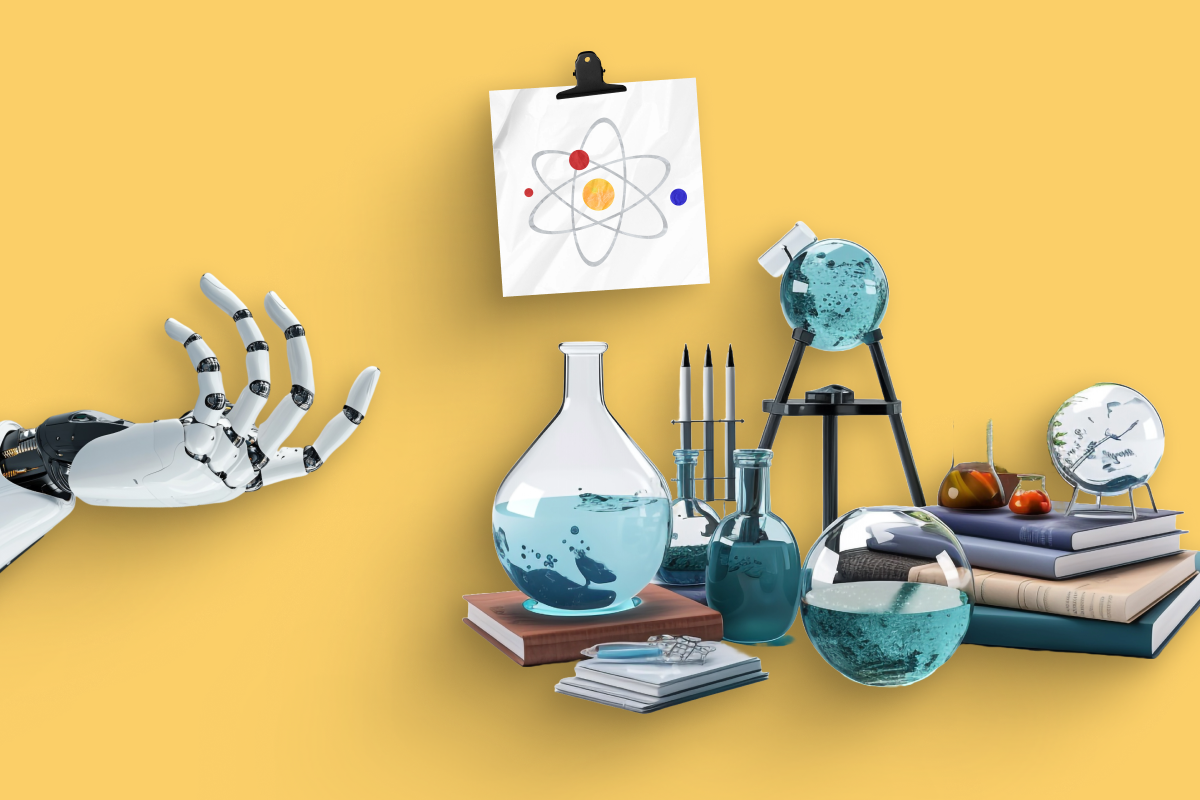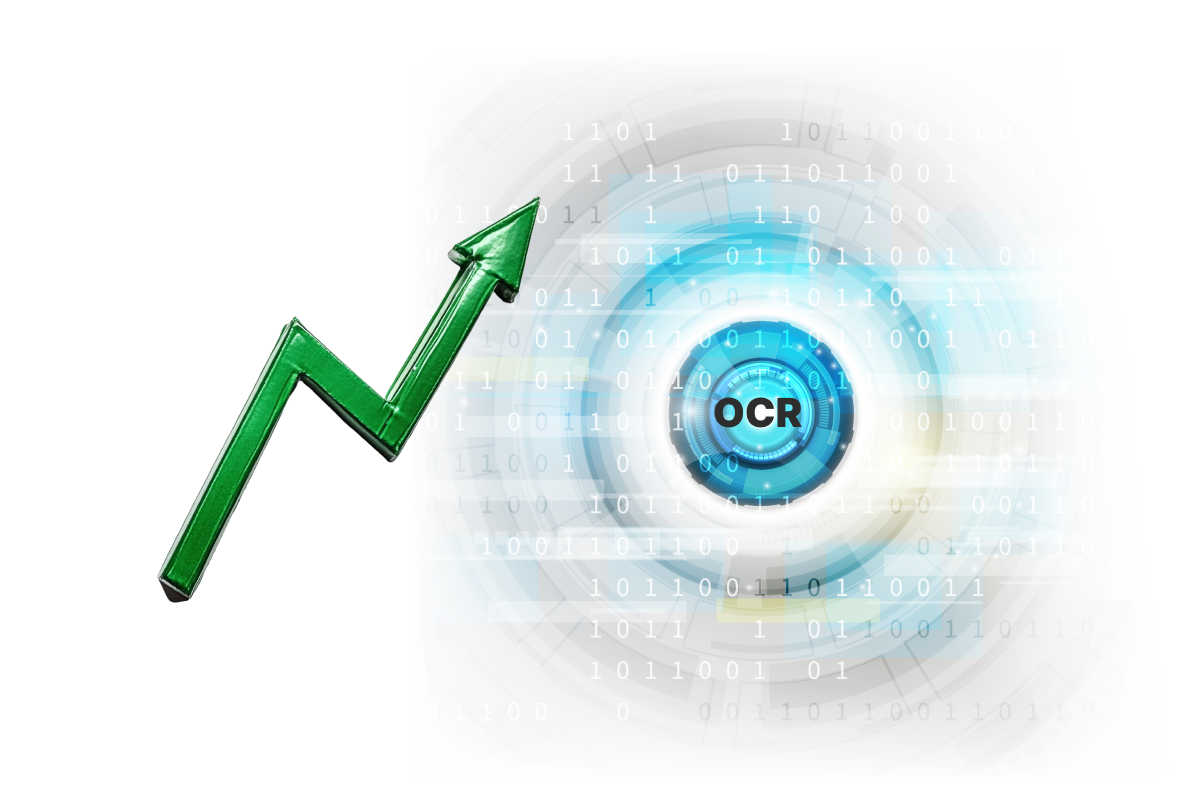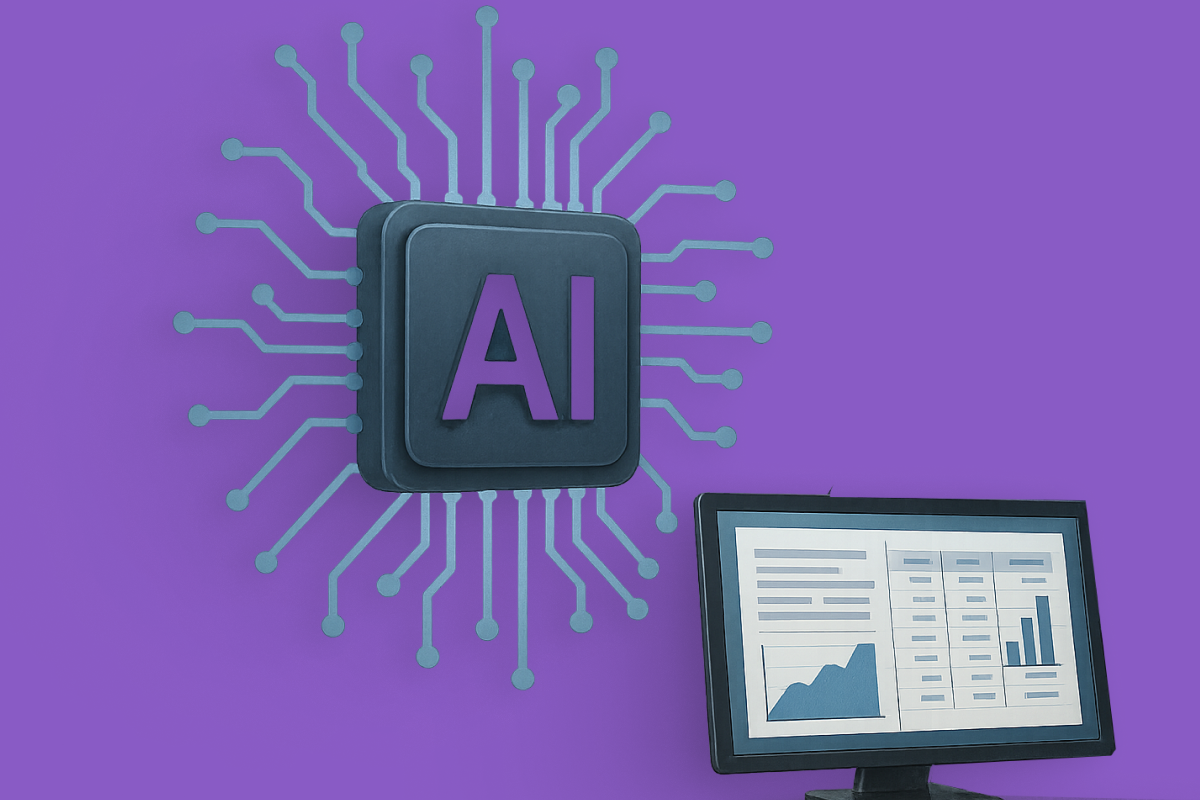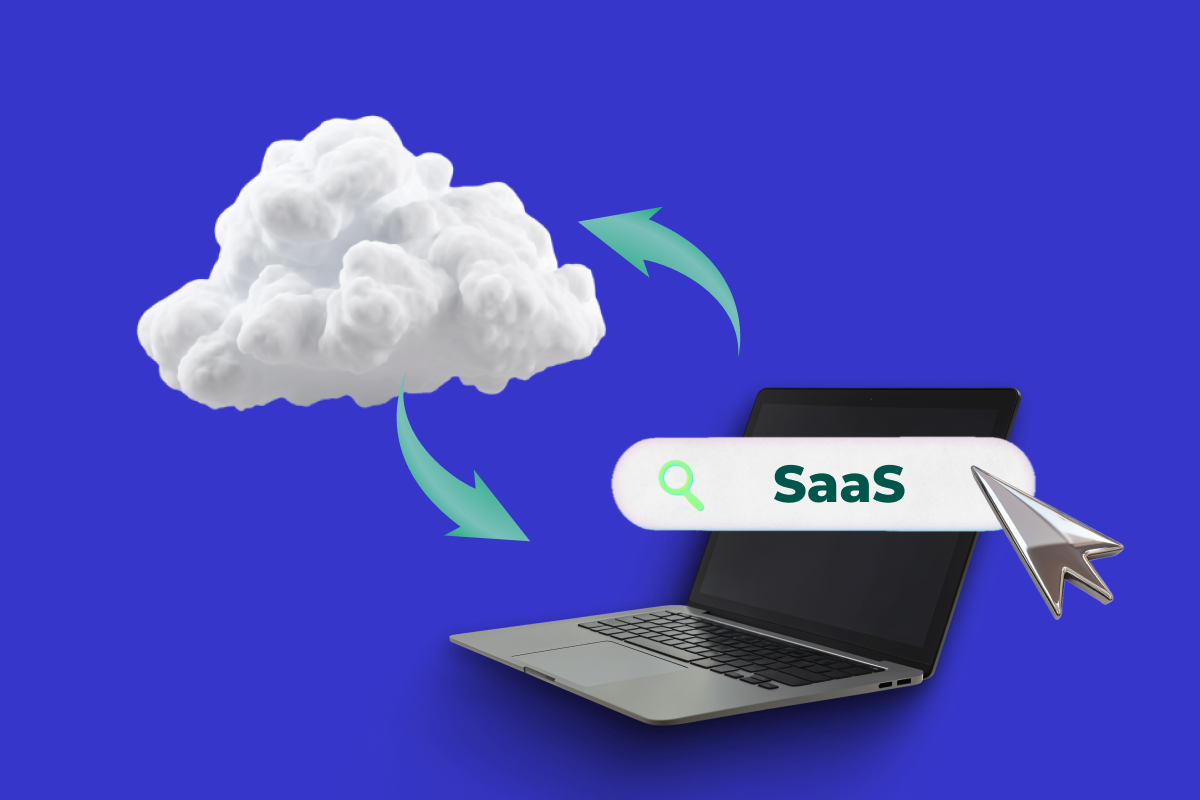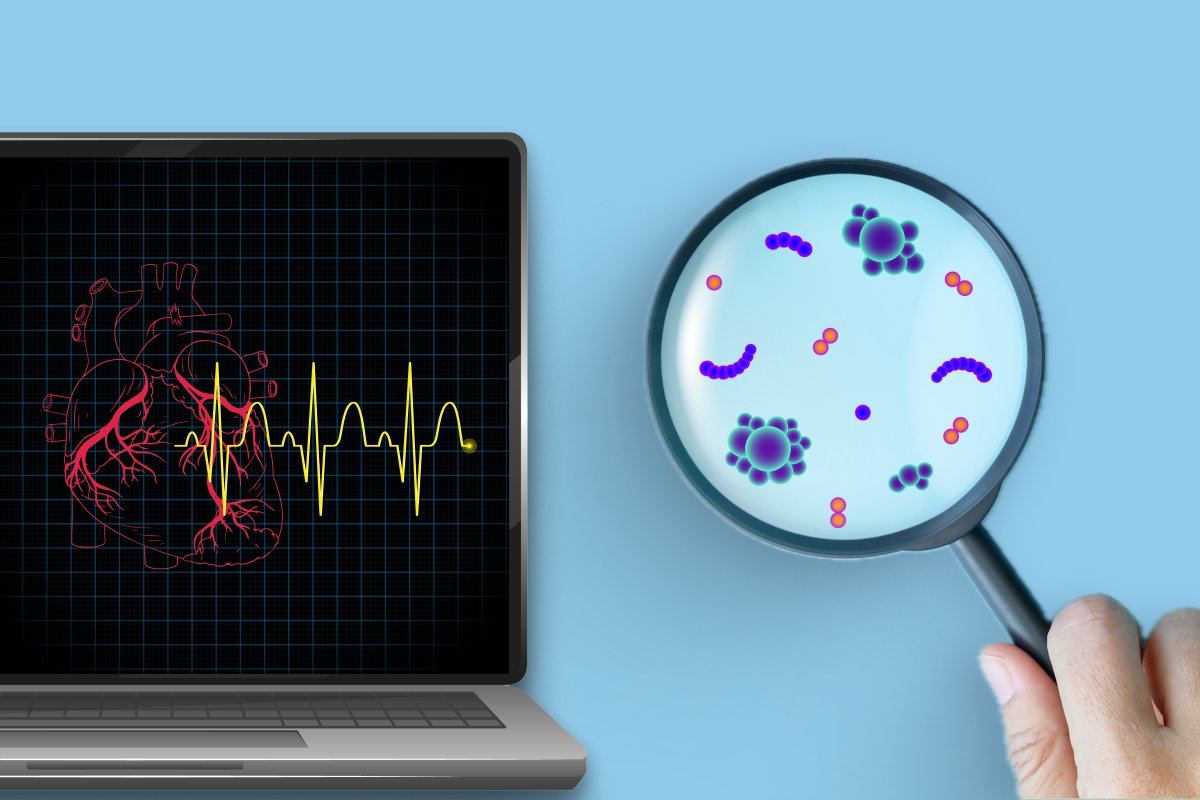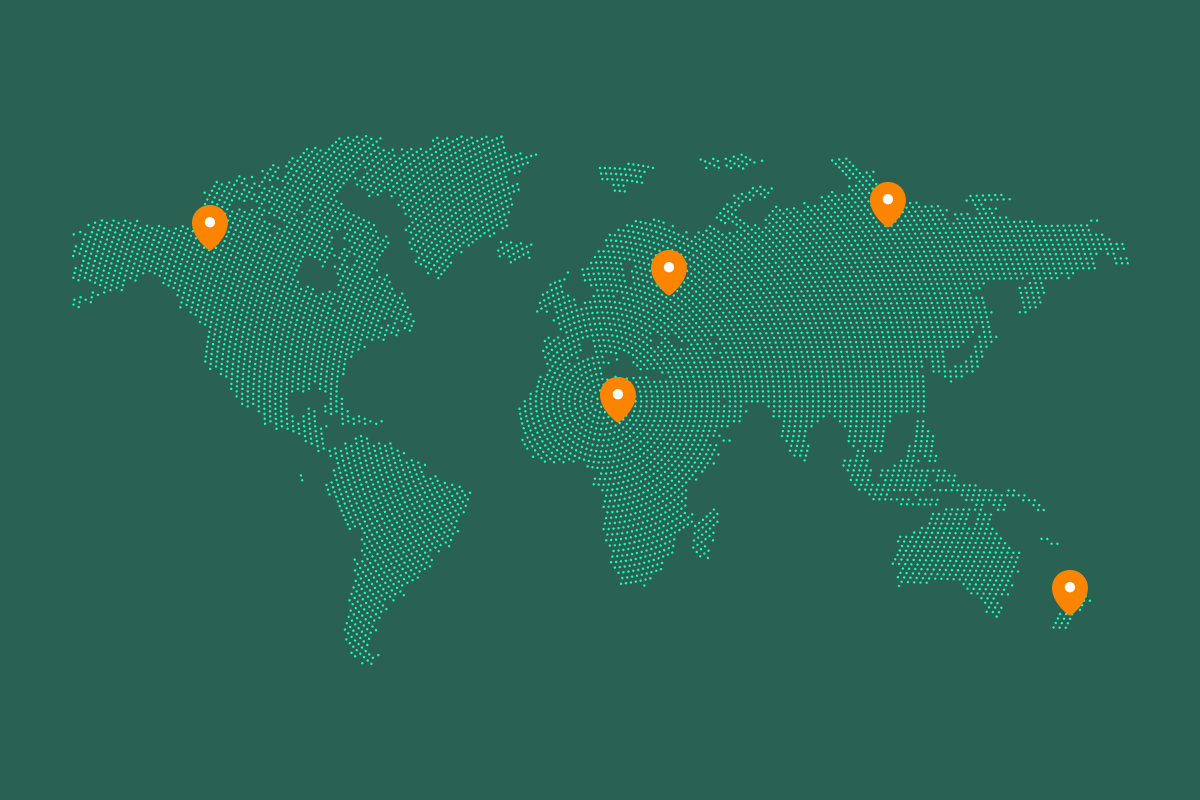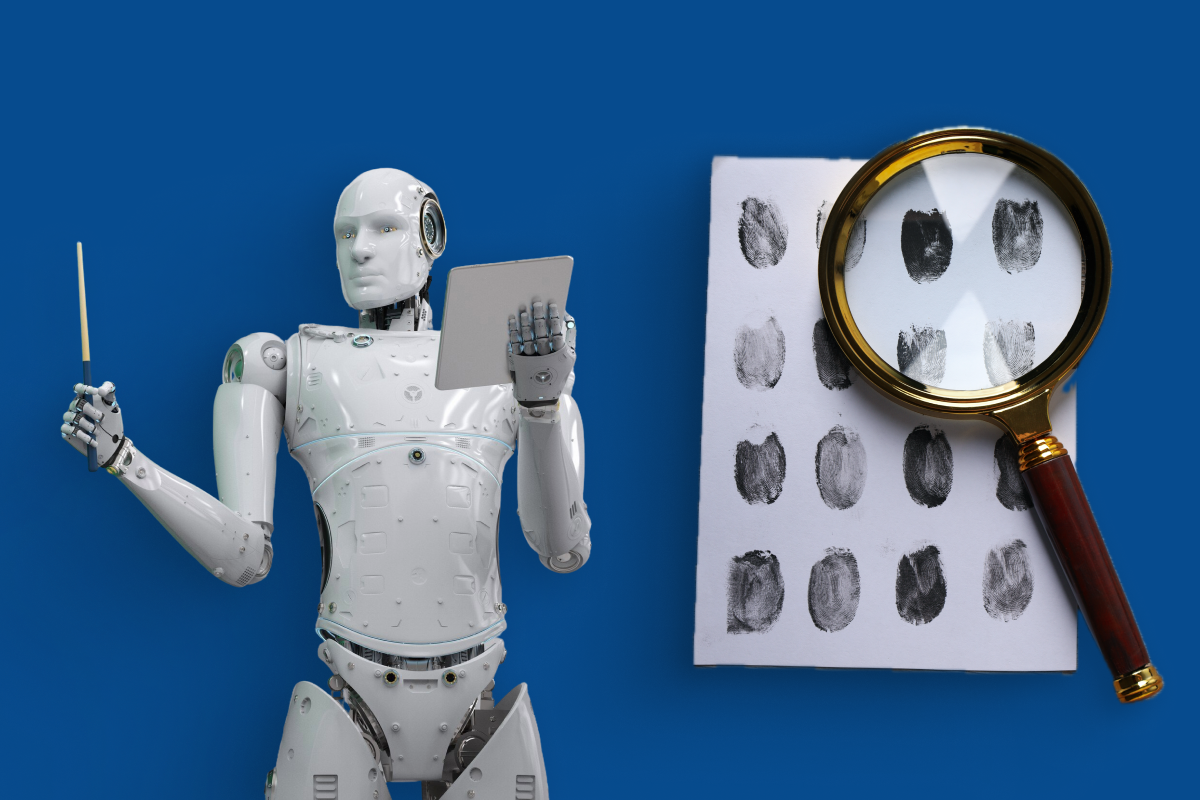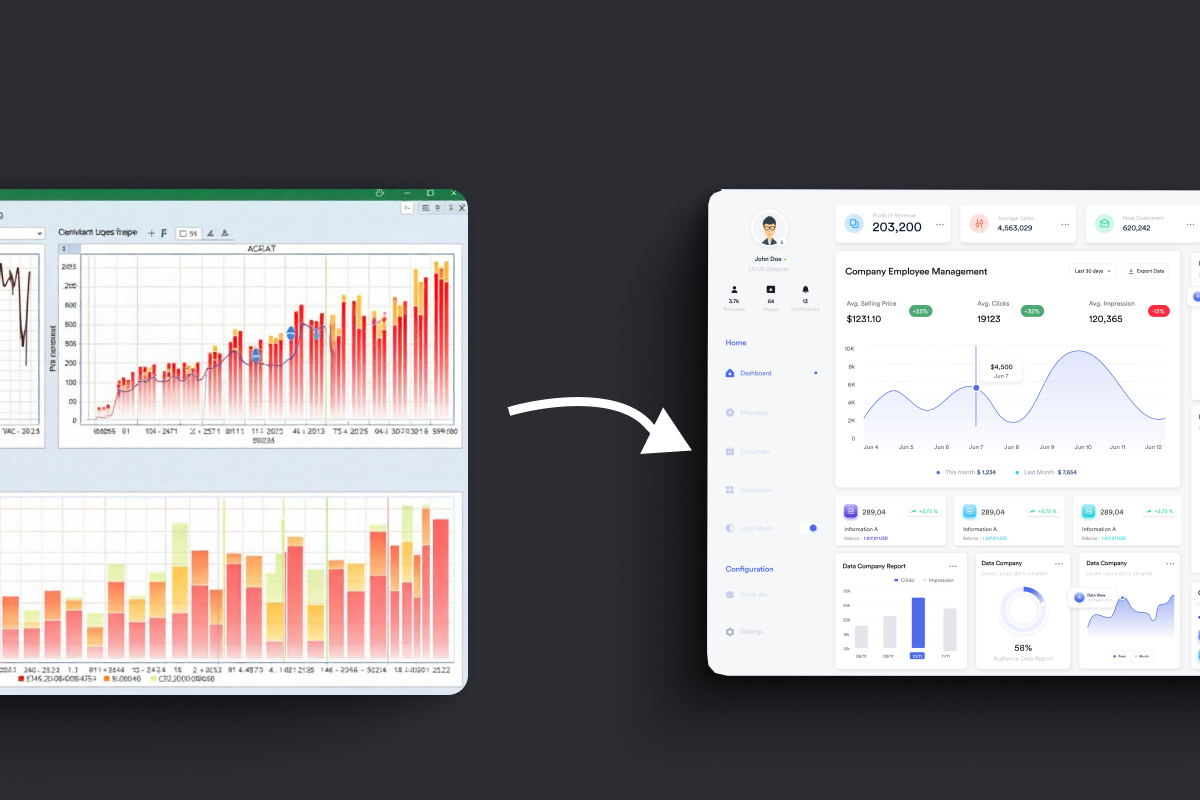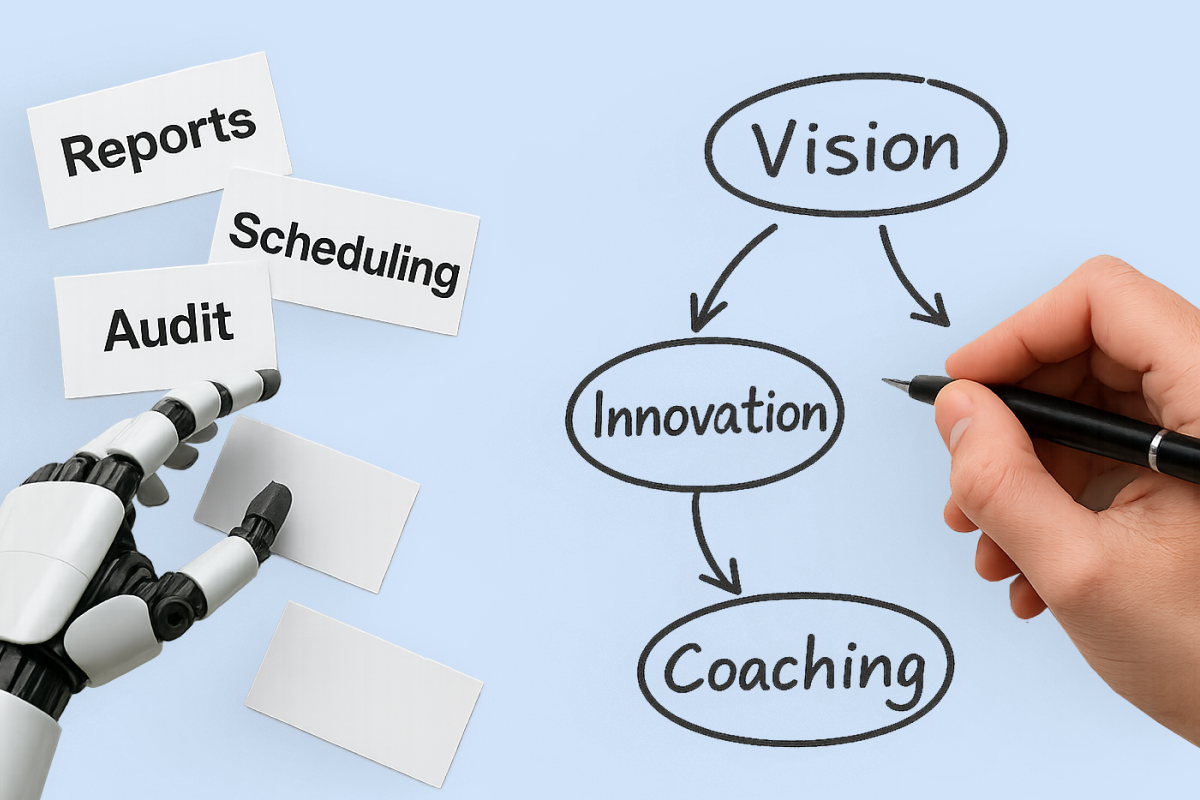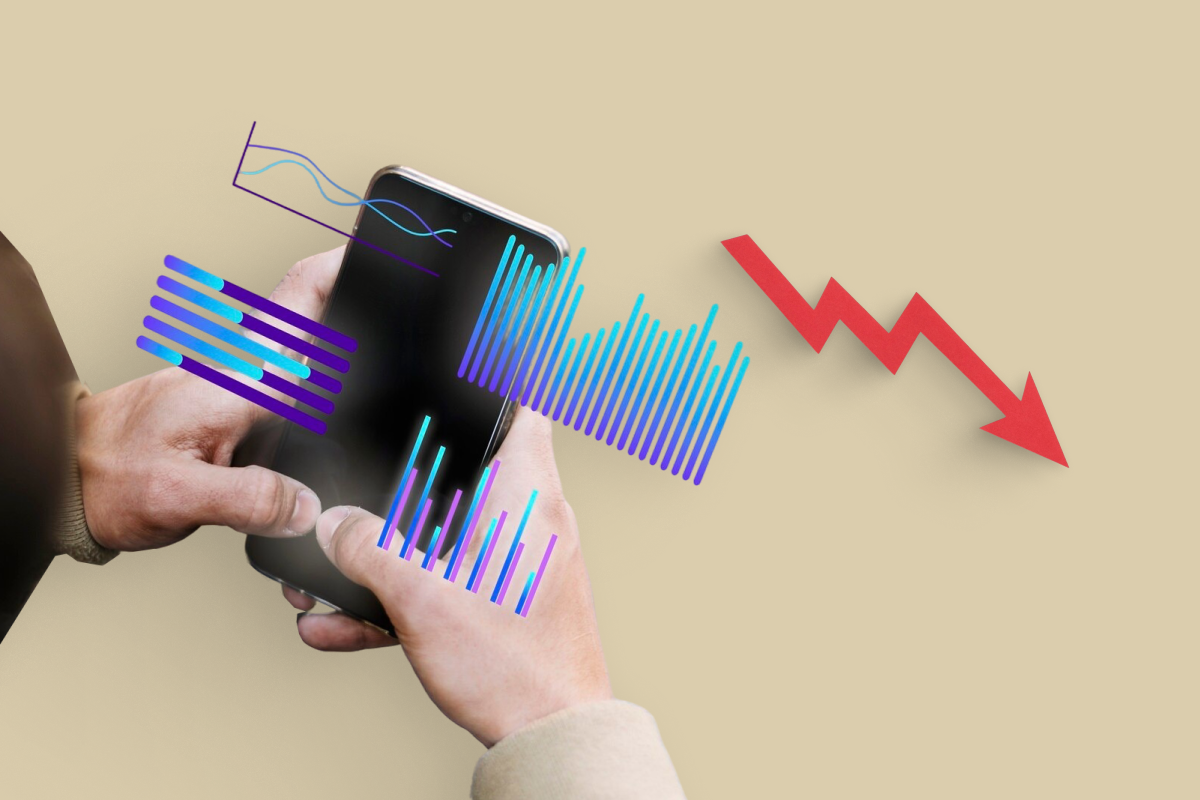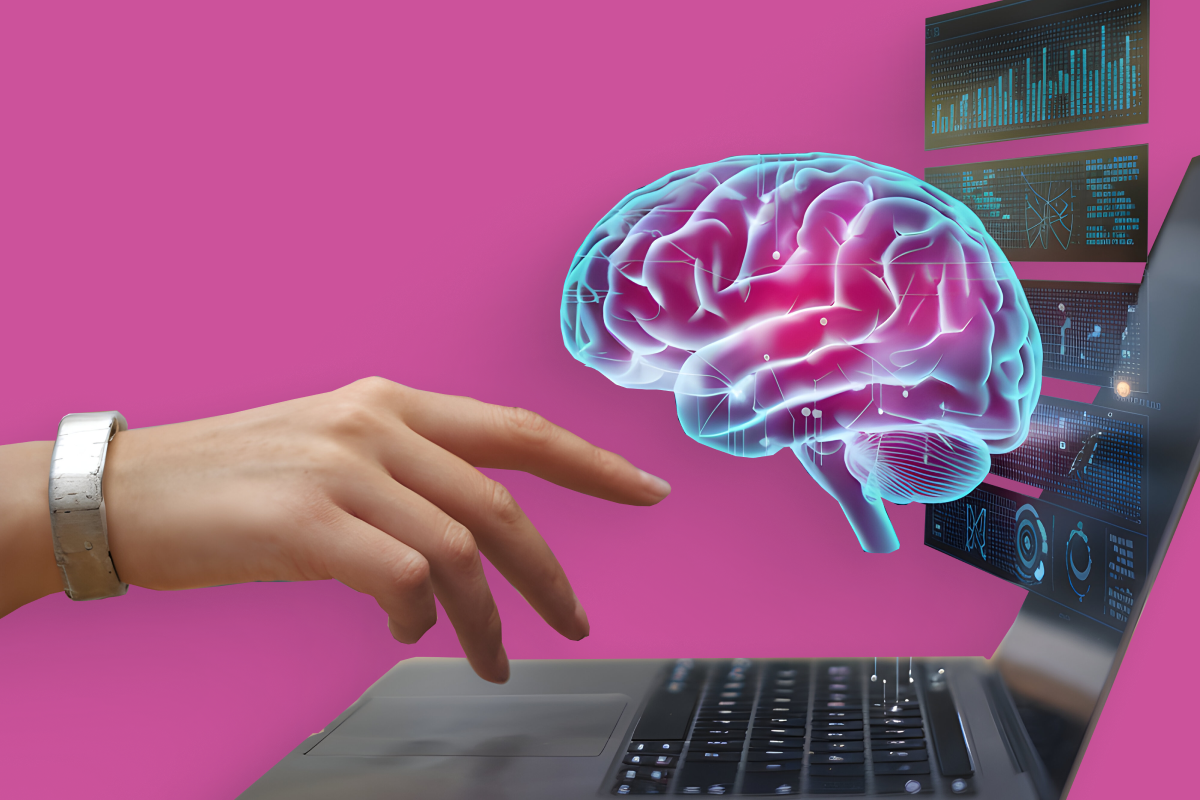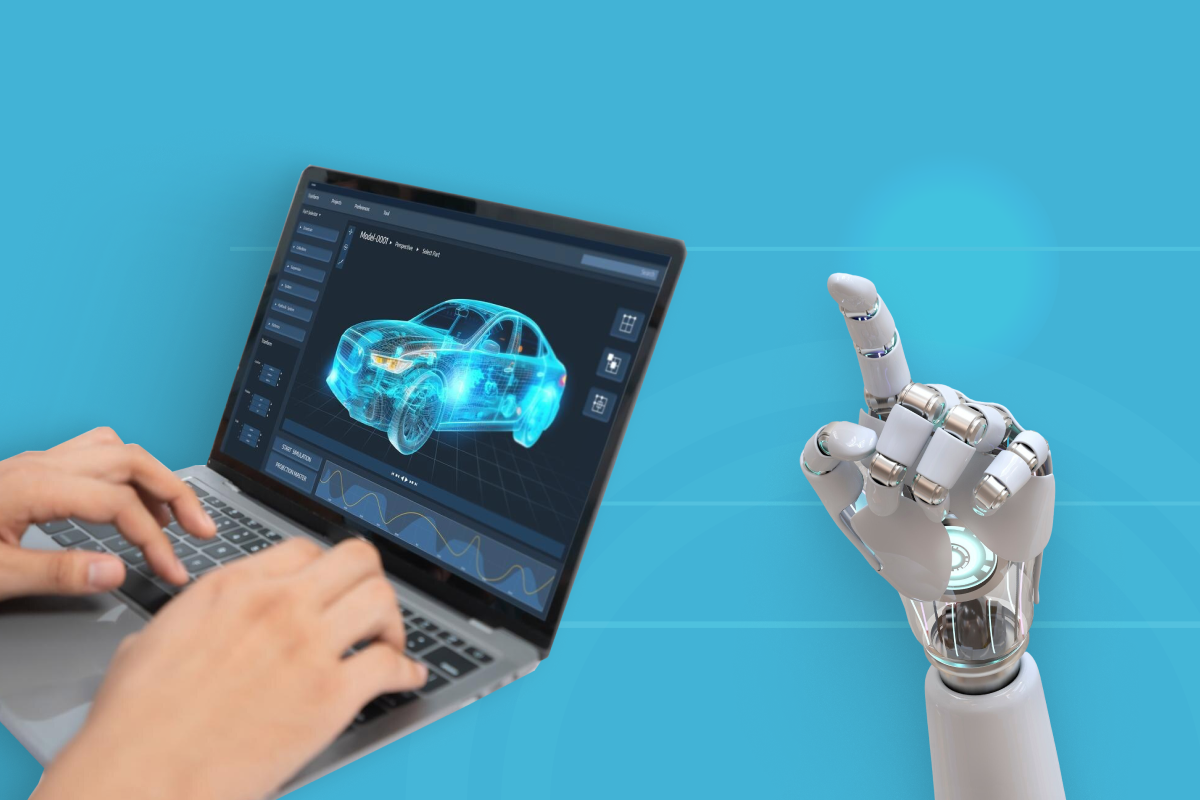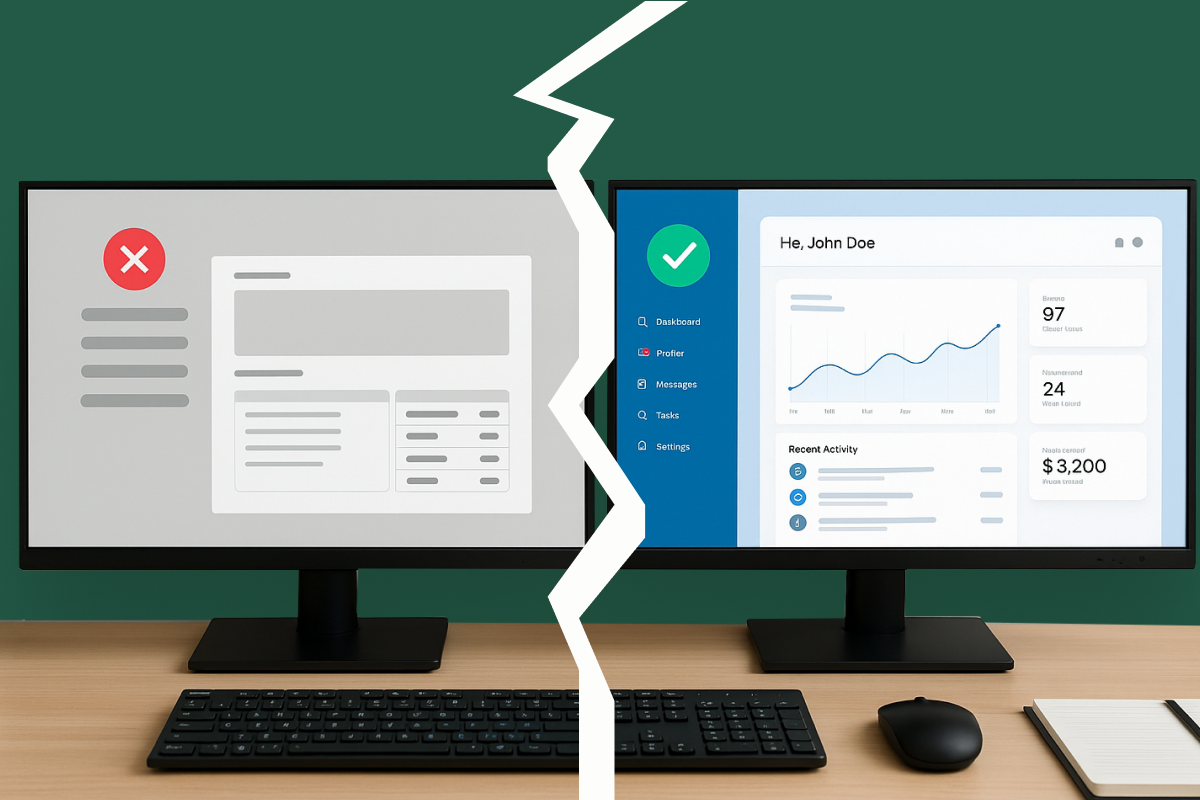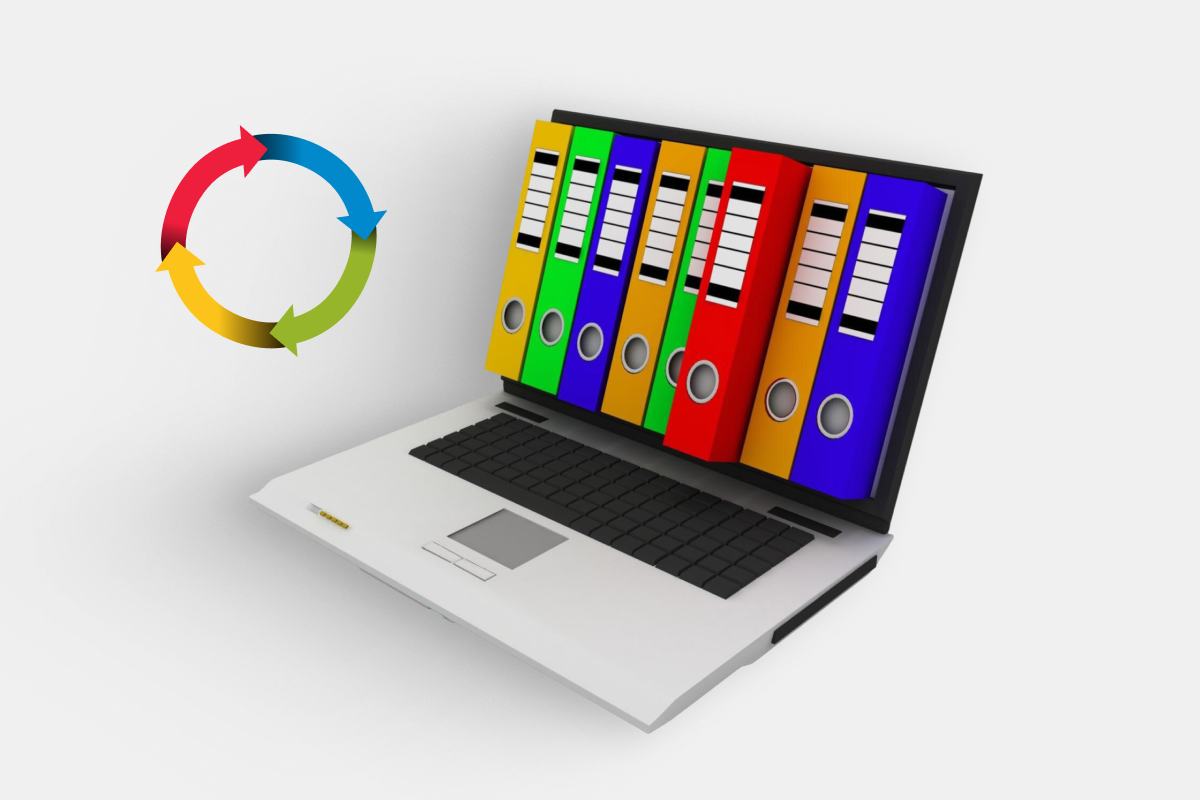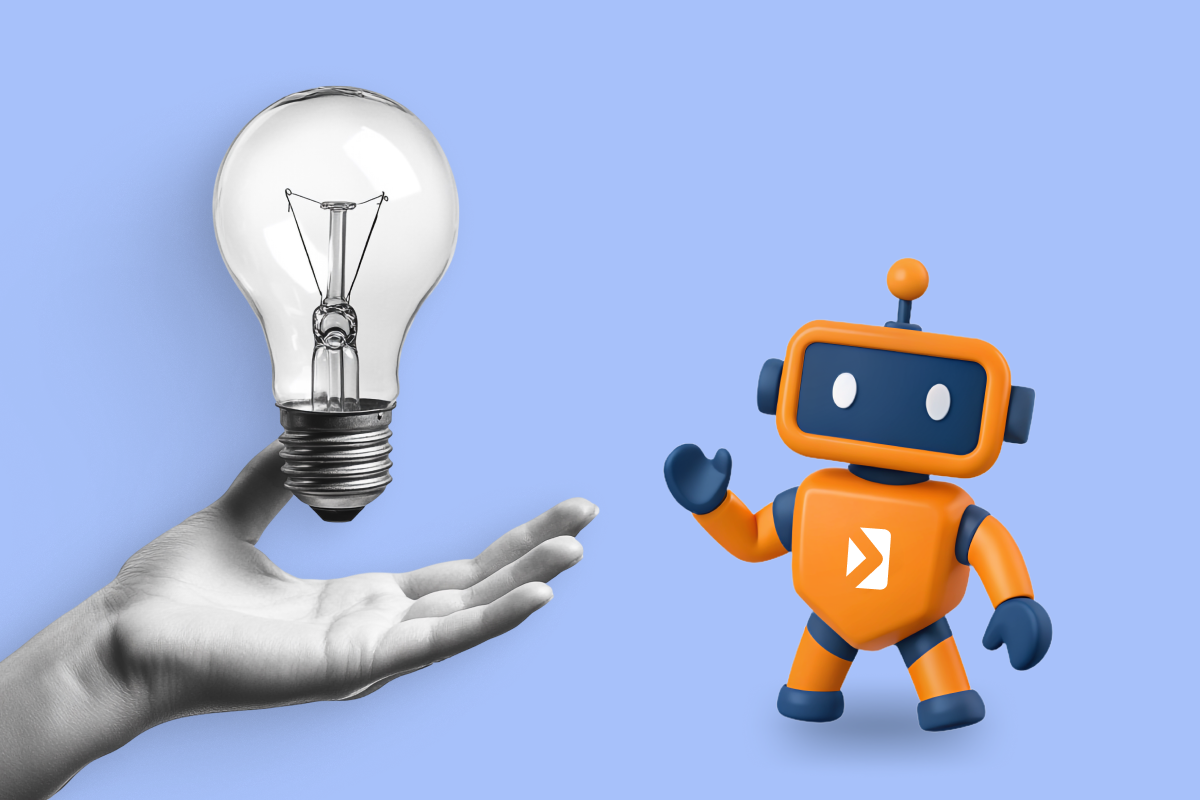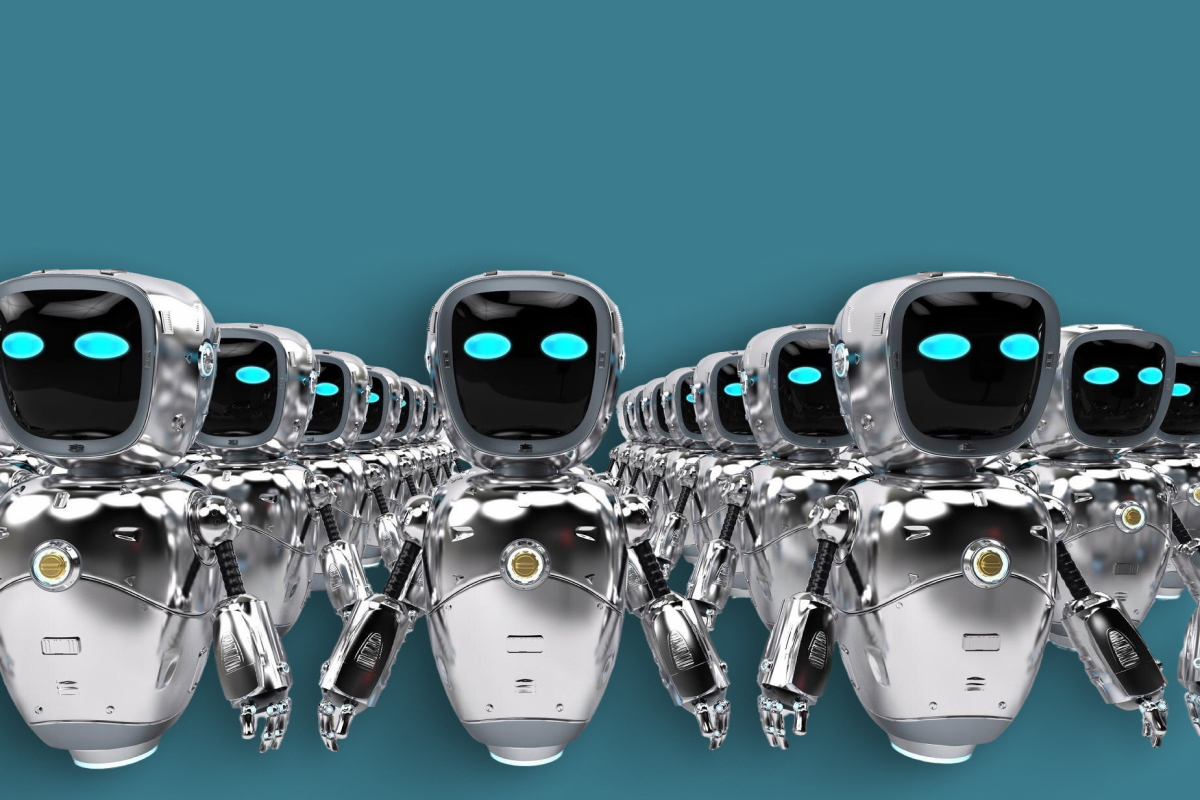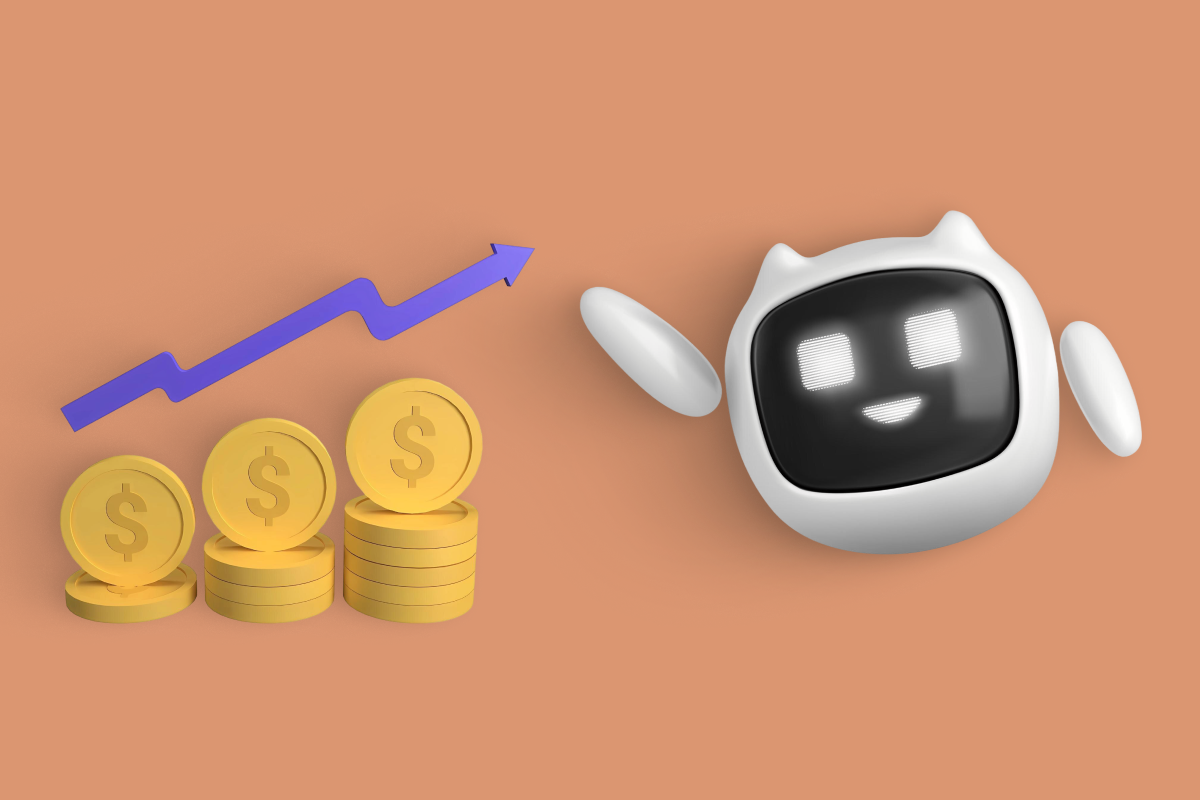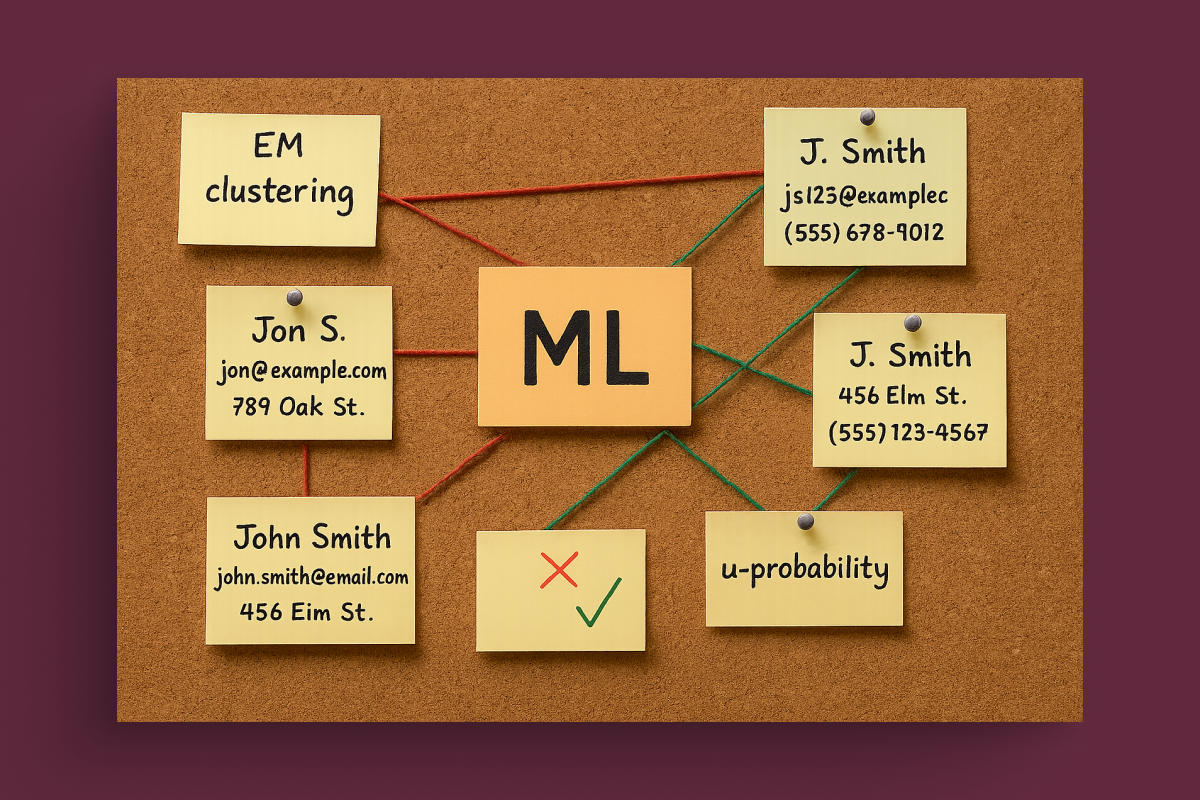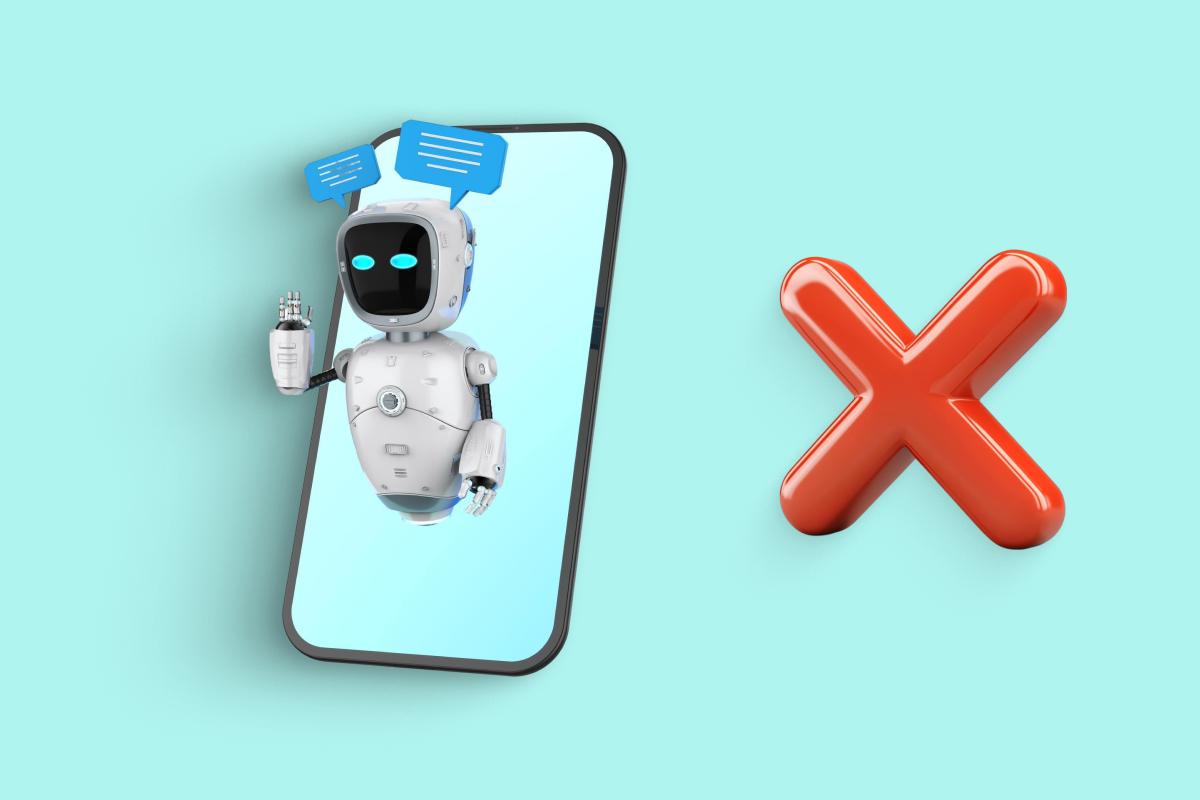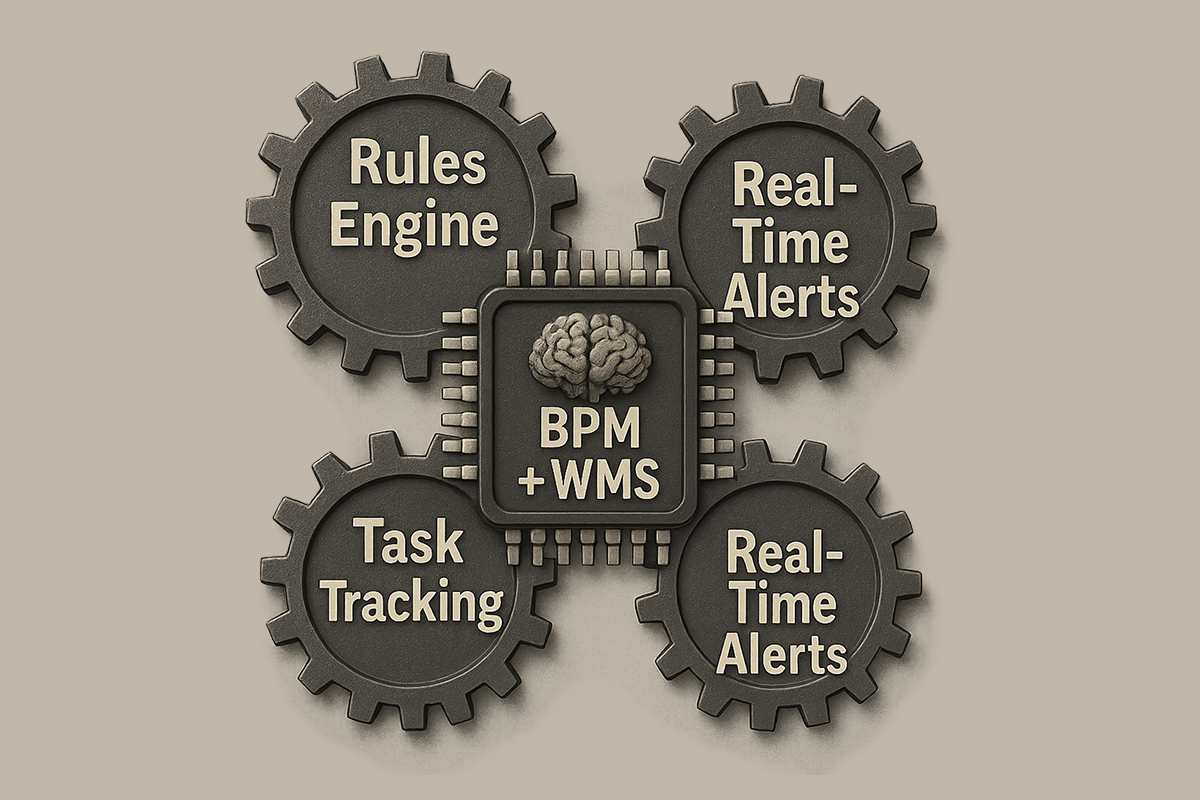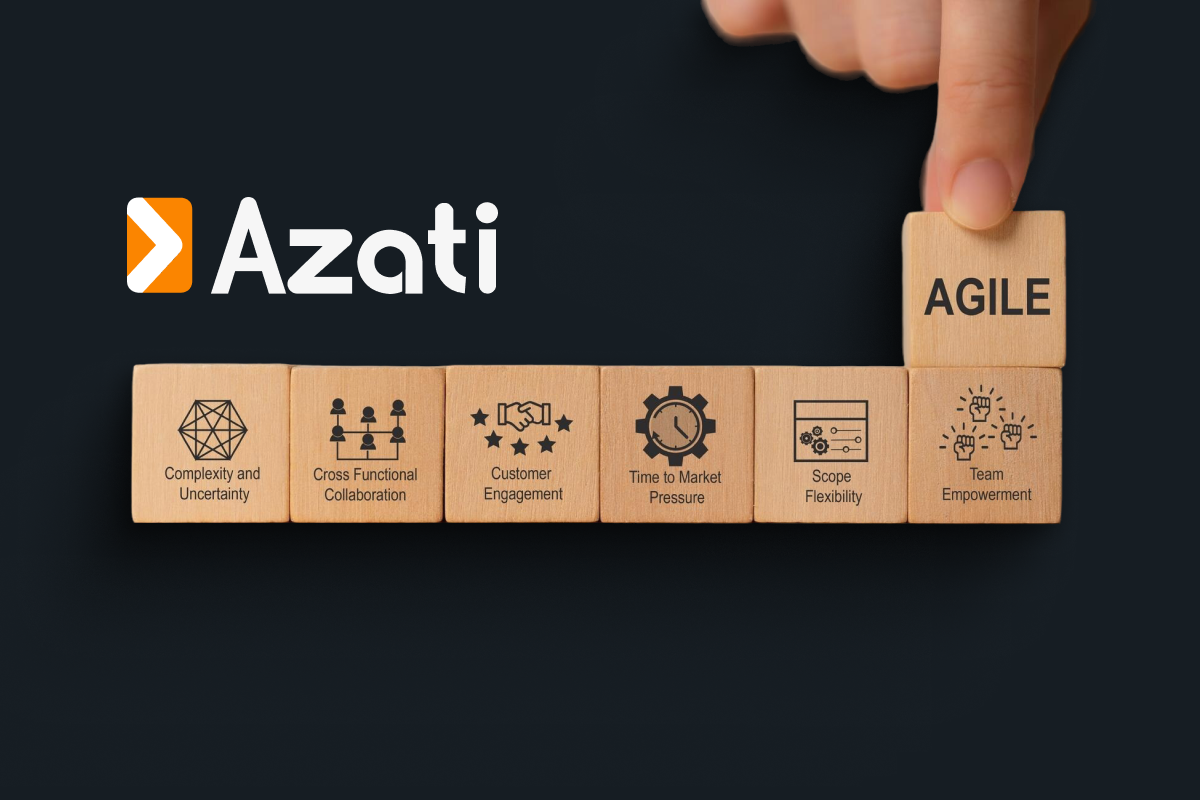Do I need an umbrella today? Is it safe to drive? Should I plan the trip for the weekend? Sometimes, before leaving our houses, these questions ran through our minds. Downpours, extreme heat, storms, unexpected weather changes - these relentless natural phenomena affect many aspects of our lives. Humankind was completely "attached" to the various vagaries of the weather but learned to observe, navigate and predict it.
With the development of artificial intelligence, people introduced it into many areas: healthcare, oil&gas, insurance, etc. Now, this thriving technology is making its contribution to weather forecasting.
Weather and climate prediction with AI
Weather stations, probes, radars, satellites, and sensors on planes and ships help collect the climate data forecasters need to know the weather in the future.
Artificial intelligence systems and machine learning, neural networks, and deep learning are good assistants for scientists in this sophisticating task. These technologies have a lot of possibilities: a considerable amount of information can be provided to systems. And after analyzing the received data, they learn to detect natural phenomena: hurricanes, storms, snowfalls, and much more.
Also, the "support" can be attributed to a supercomputer. They help with predictions by calculating models that consist of hydrothermodynamic equations and hundreds of code lines that simulate the atmosphere. The initial data for the analysis is the same meteorological data.
We want to tell you about several existing weather forecasting solutions that use AI.
DeepMind
DeepMind has created a solution based on artificial intelligence that predicts rainfall better than any traditional method. Current weather prognoses can foretell the weather for several days ahead. But they cannot understand the situation for the next hour or two. However, it is not about the DeepMind model. The product makes it possible to fill in the gaps with the necessary data and warns people about changes in weather patterns that may occur in the near future.
The system reads information from probes that determine the amount of precipitation over zones of one kilometer every five minutes. Then, with the help of generative modeling, the system analyzes the conditions for the past twenty minutes. Afterward we are going to have a prediction for the next hour or two.
NowCast
The second technology, also based on artificial intelligence, was created by Google. It can predict rain six hours in advance with a one km resolution.
Using old methods, meteorologists performed their calculations for more than one day. At the same time, we can consider the received weather forecast not corresponding to reality because it is based on obsolete data.
As we can understand, the Google solution can successfully overcome such challenges. The prognosis speed is different from the old methods the company has received due to the rejection of the need to conduct detailed numerical simulations. Instead, meteorologists can use a radar database from 2017 to 2019 to train artificial intelligence. This methodology helps to acquire more valid predictions in the short term.
GRAF
It is also worth mentioning GRAF (Global High-Resolution Atmospheric Forecasting System). At the heart of this versatile, high-precision weather forecasting system is the DYEUS supercomputer, explicitly designed to work with a virtual global weather model.
The sources of information for the computer were not only weather radars, probes, and satellites, but even sensors on the airliners board and smartphones around the world. Of course, with the users' permission.
GRAF will be able to specify the weather conditions for an area 3-4 km wide, and the foretell will be updated every hour instead of the usual 6-12 hours.
How can AI enhance Meteorology?
Now let's speak about such a difficult question as "How can AI enhance Meteorology?". We can start with some pretty obvious things.
AI can predict impending natural disasters, thereby helping people better prepare for them. Also, thanks to this, the government will be able to evacuate the affected settlements in time, which is undoubtedly a plus.
Without deviating far from the topic of natural disasters, it is also worth mentioning that Artificial Intelligence has repeatedly shown a positive result in the fight against forest fires and predicting in which area they can start.
Several states in the US currently use the following scheme: satellites apply microwaves and observe the color of the leaves to determine how dry a forest area is. After that, artificial intelligence takes the received data and compares it with the "droughty map", the accuracy of which is about 70%.
Of course, woodland fires are not the only problem associated with natural phenomena. Hurricanes, tornadoes, floods - all of these are dangerous for humanity's lives and the economy of countries. Therefore, AI is used in meteorology to prevent as many dangerous cases as possible.
The third fact that everyone understands is that artificial intelligence improves the accuracy of weather forecasts.
Meanwhile, researchers at the École Polytechnique Fédérale de Lausanne, Switzerland, have already created a system that can predict lightning strikes within 18.6 miles and 10 to 30 minutes ahead of their occurrence. Using machine learning, the boffins created a four-parameter model based on four weather variables: station-level air pressure (QFE), air temperature, relative humidity, and wind speed.
How We Can Benefit From AI in Meteorology
Having touched upon the lightning strike recognition system, we can safely say that people will only benefit from this device. After all, thunderbolts are the cause of injuries and deaths and the occurrence of those forest fires.
They have a detrimental effect on the aviation industry since such weather conditions are dangerous. Still, lightning strikes are also the leading cause of defects in wind turbines, causing short power surges and overvoltages in the electrical grid.
These events can be very costly due to losses in energy production, require additional expenses, and may even lead to the loss of working equipment. All these terrible repercussions artificial intelligence can prevent.
AI can reduce the workload of meteorologists, thereby improving the accuracy of weather forecasts. The speed and accuracy of AI technologies when it comes to processing data in extreme weather conditions means that scientists will have a better chance of alerting people in danger.
AI technologies are useful in agriculture because the stages of growth and production are at the mercy of weather terms. Moisture, soil temperature, amount, and timing of rainfall are all critical considerations in this industry. Thanks to AI-driven data, farmers can create irrigation schedules, use solar and wind energy, and plan pesticide consumption.
Utilities are better able to distribute emergency crews in hurricane. So pilots are more efficient at avoiding dangerous routes in turbulent conditions. These and many other positive aspects are opening up for humanity by introducing artificial intelligence in meteorology.
What about Azati?
Azati helped a Canadian customer develop an AI-powered service for automatic data processing from meters that measured produced oil & gas resources. The team used machine learning and computer vision technologies.
The customer turned to us to search and develop approaches to automate the data reading from graphs that are printed by equipment for accounting for extracted resources (meters).
We can efficiently apply such technology to meteorology graphs and help to track or even forecast weather.
To learn more about our case study, check the following link.
Conclusion
The possibilities of artificial intelligence for weather forecasting are not yet fully developed and are only gaining momentum.
AI combined with machine learning, neural networks, deep learning, and high-performance computing significantly improves weather forecasting over the next three to five years.
Ready to harness AI for smarter weather forecasting or environmental solutions? Contact Azati today to explore how we can bring your vision to life.
